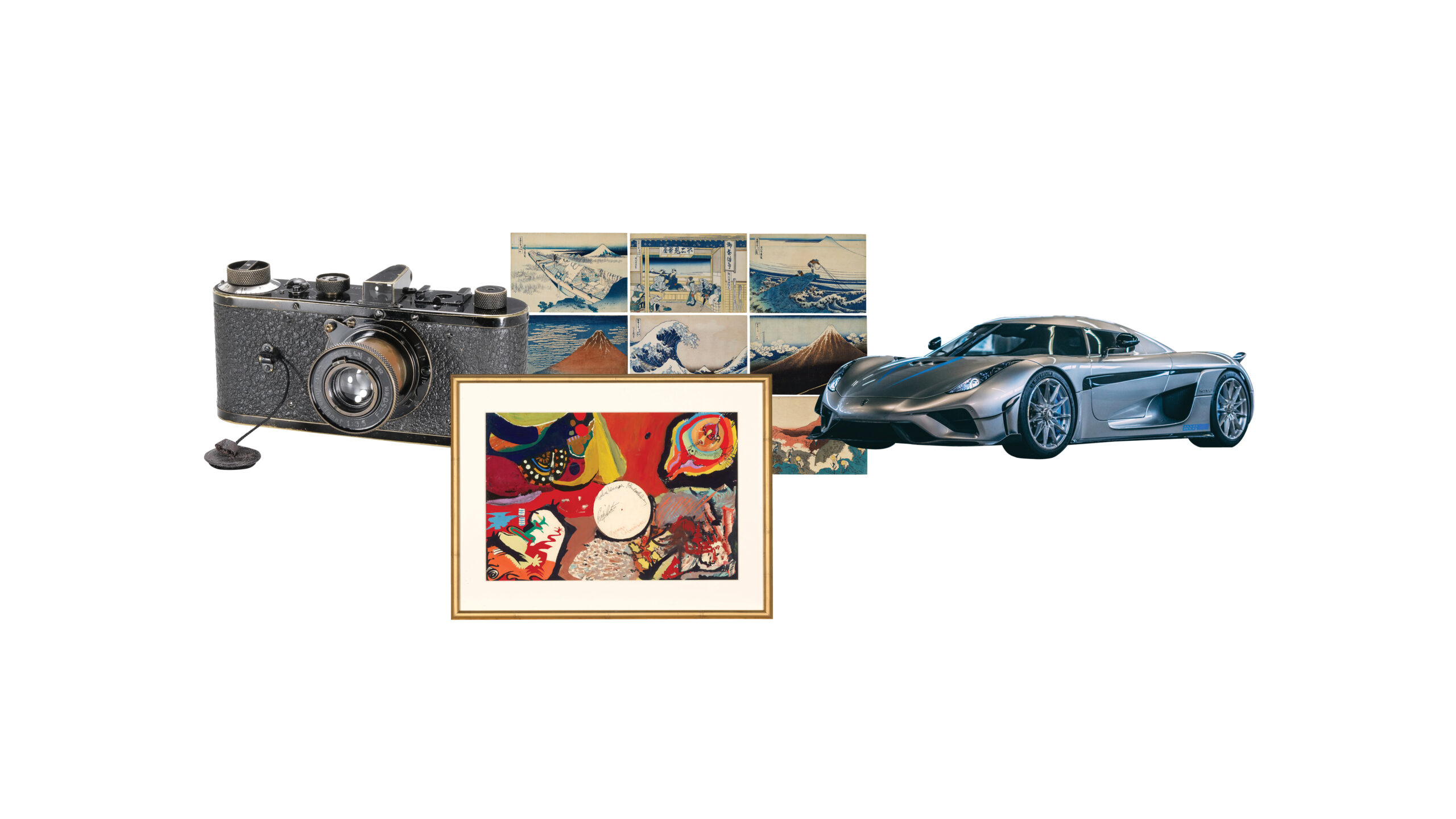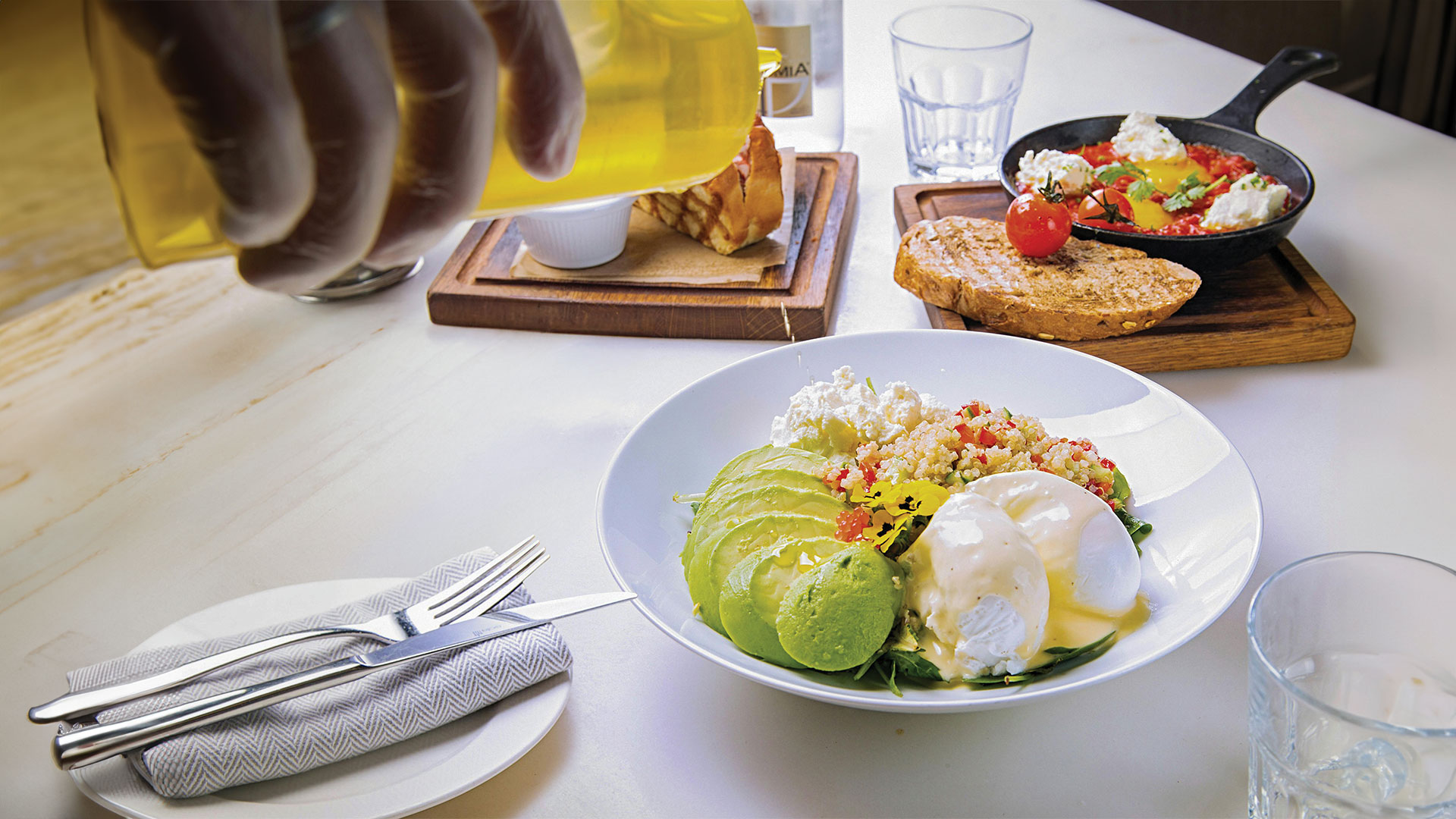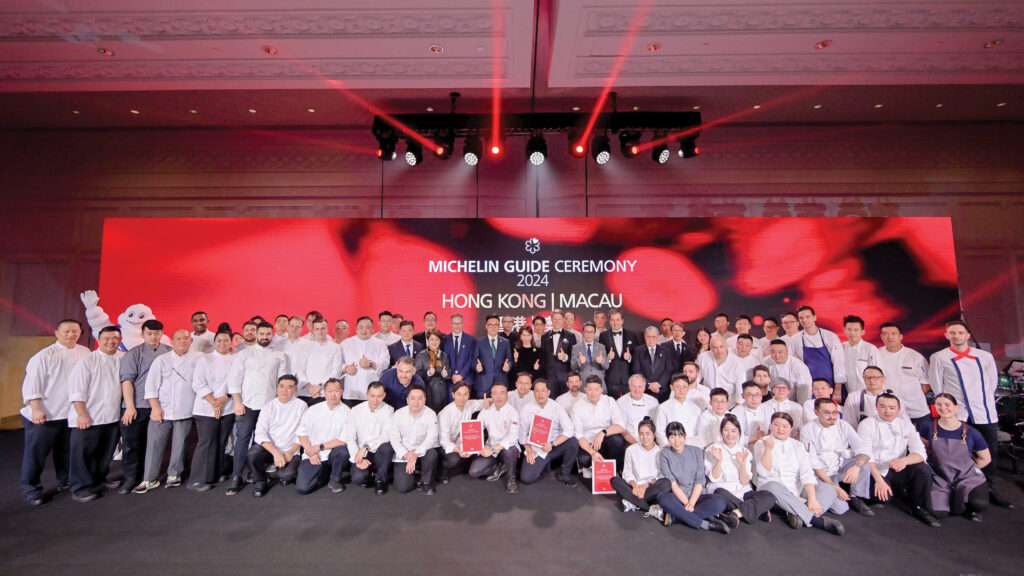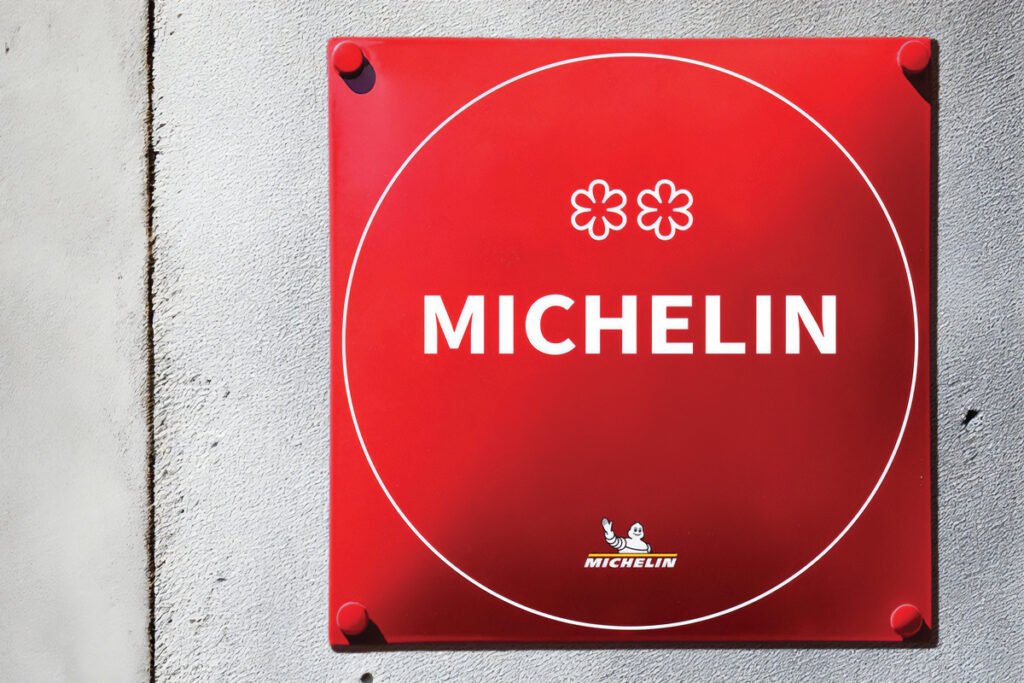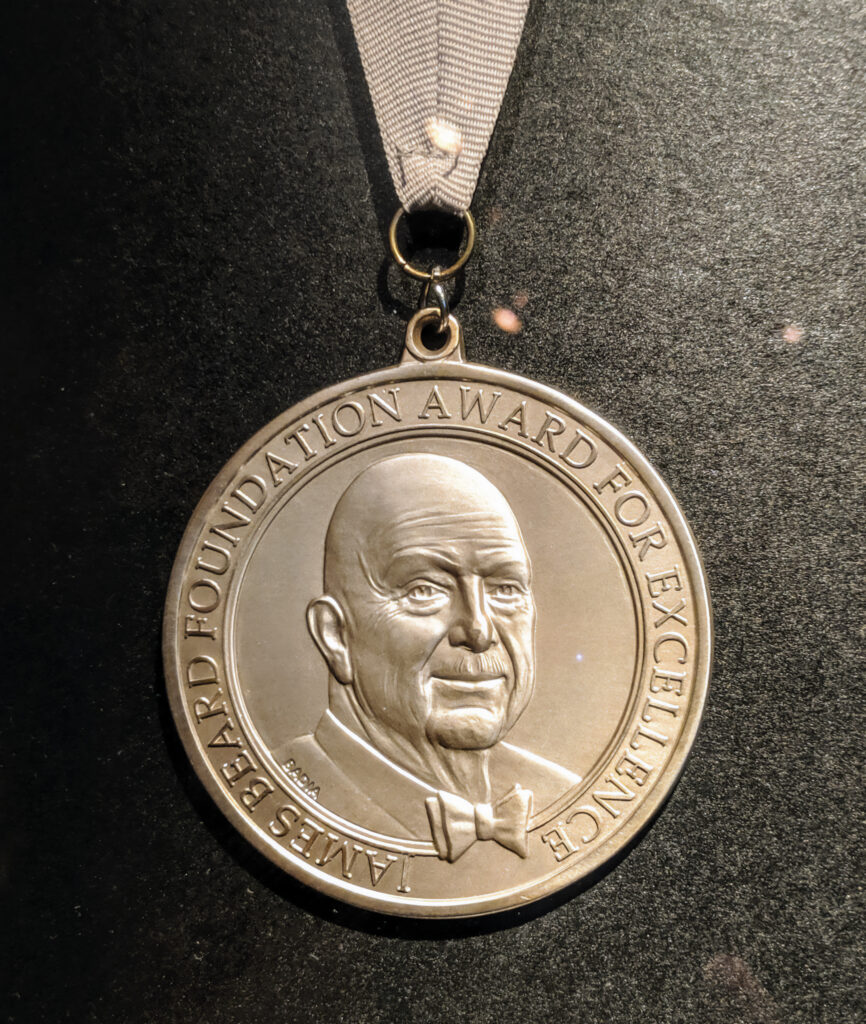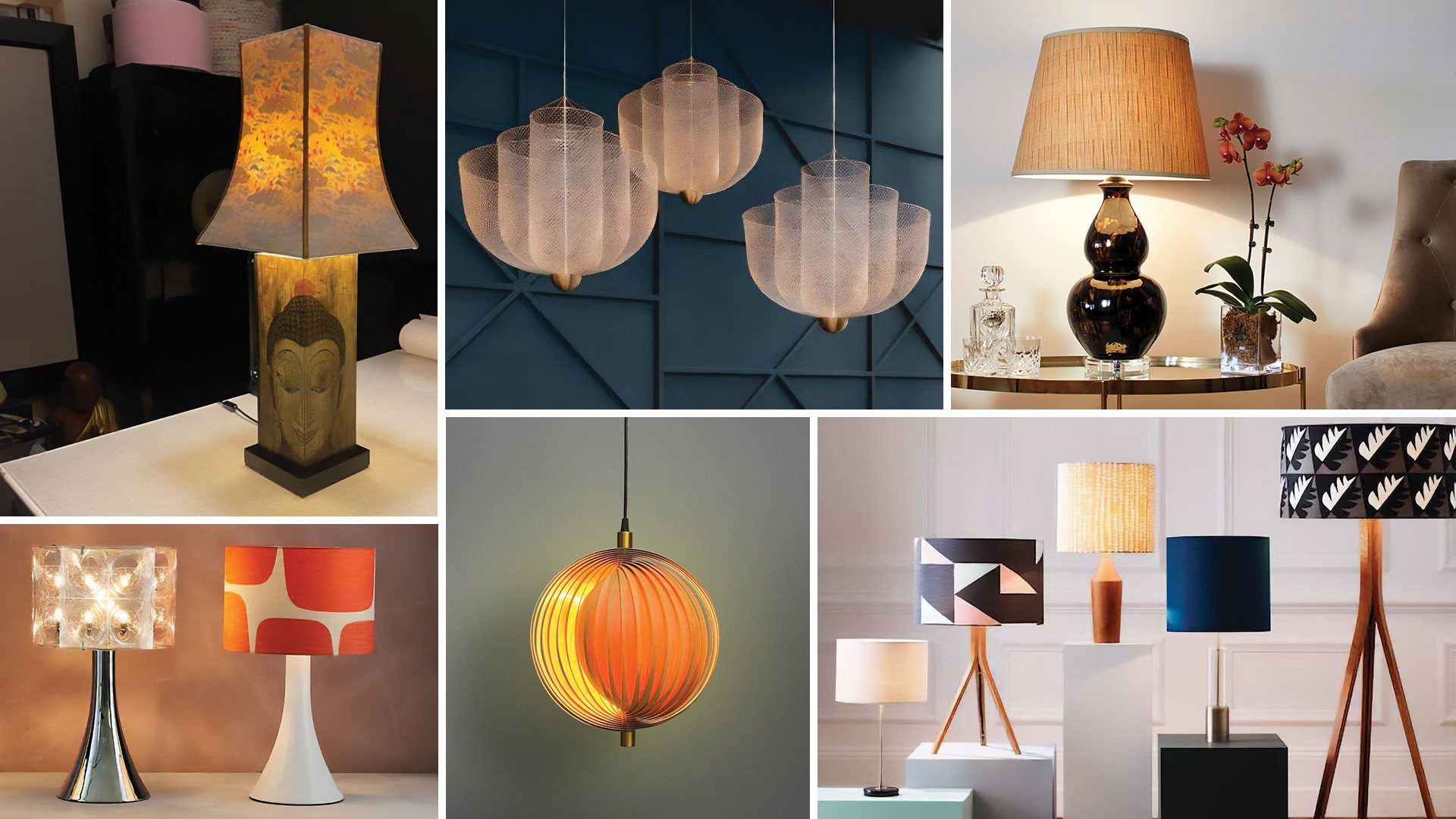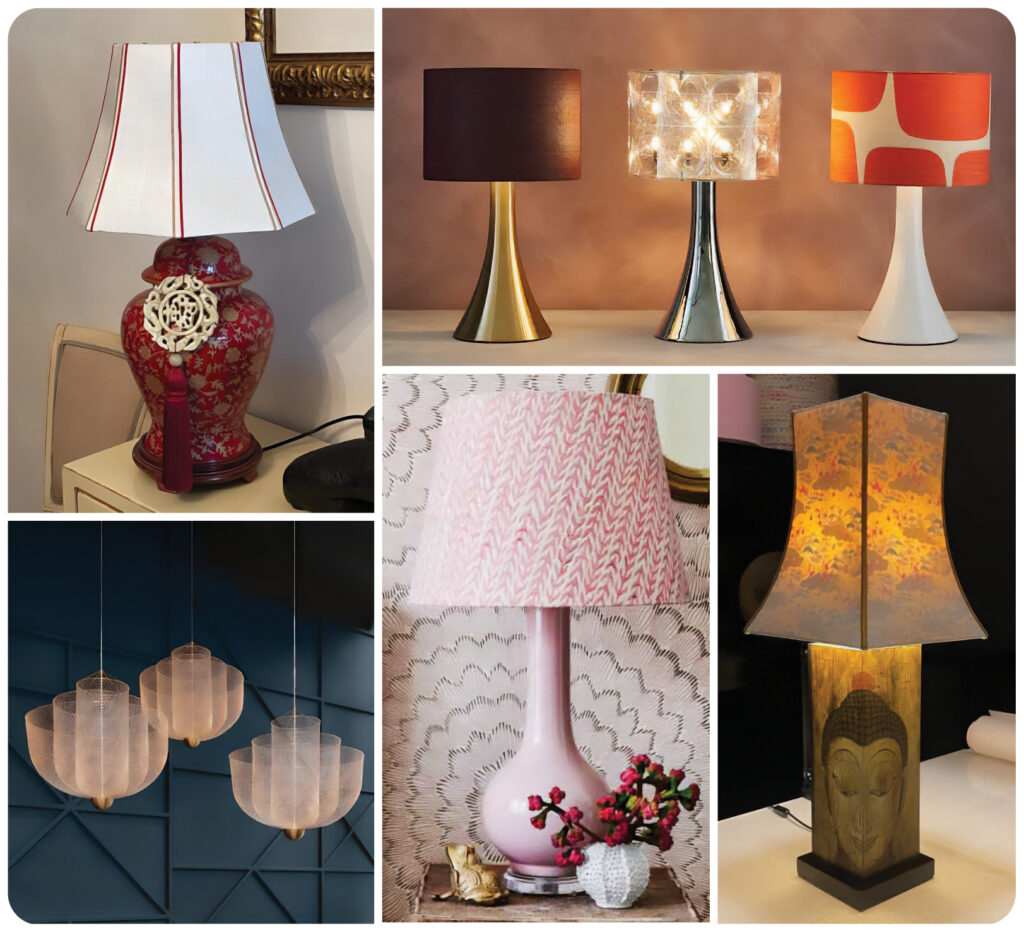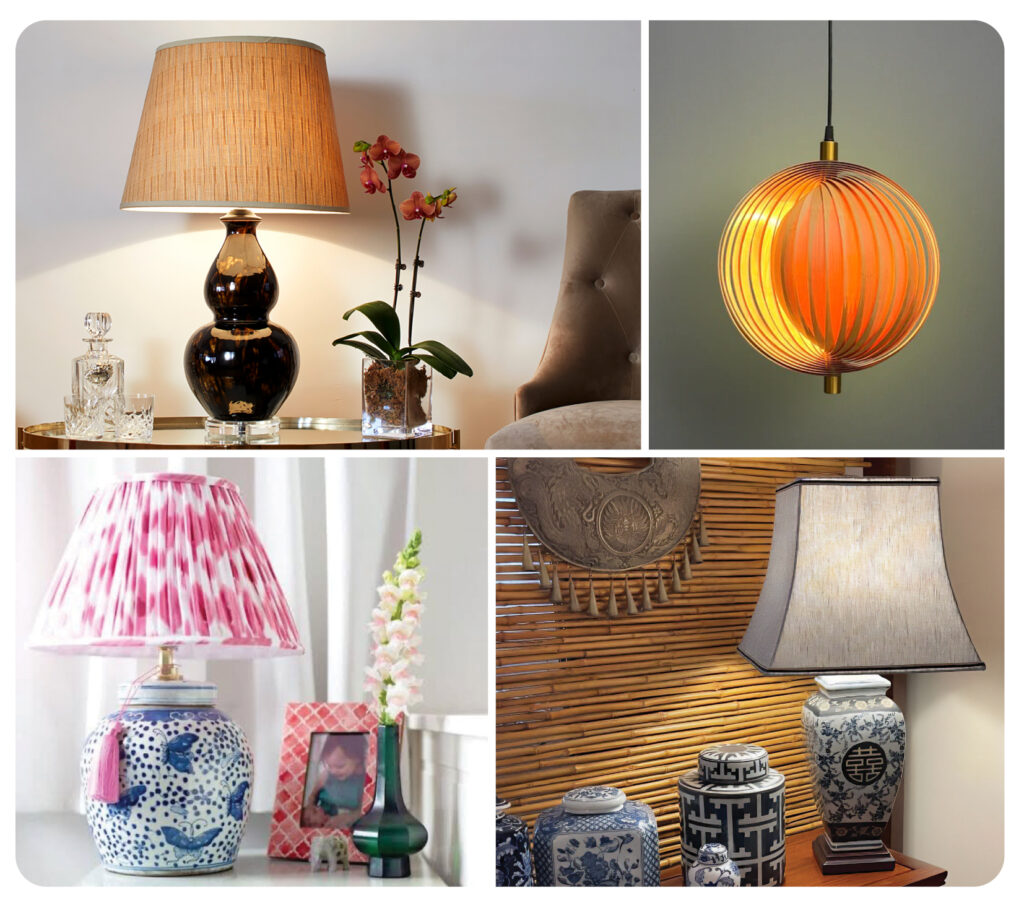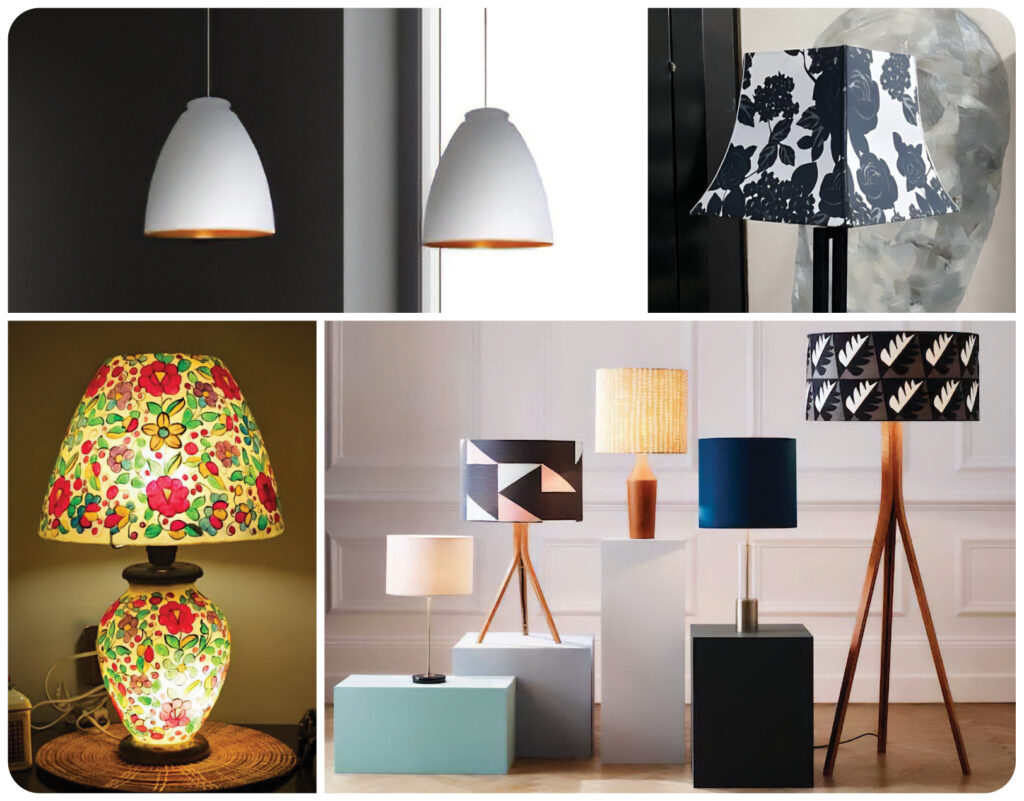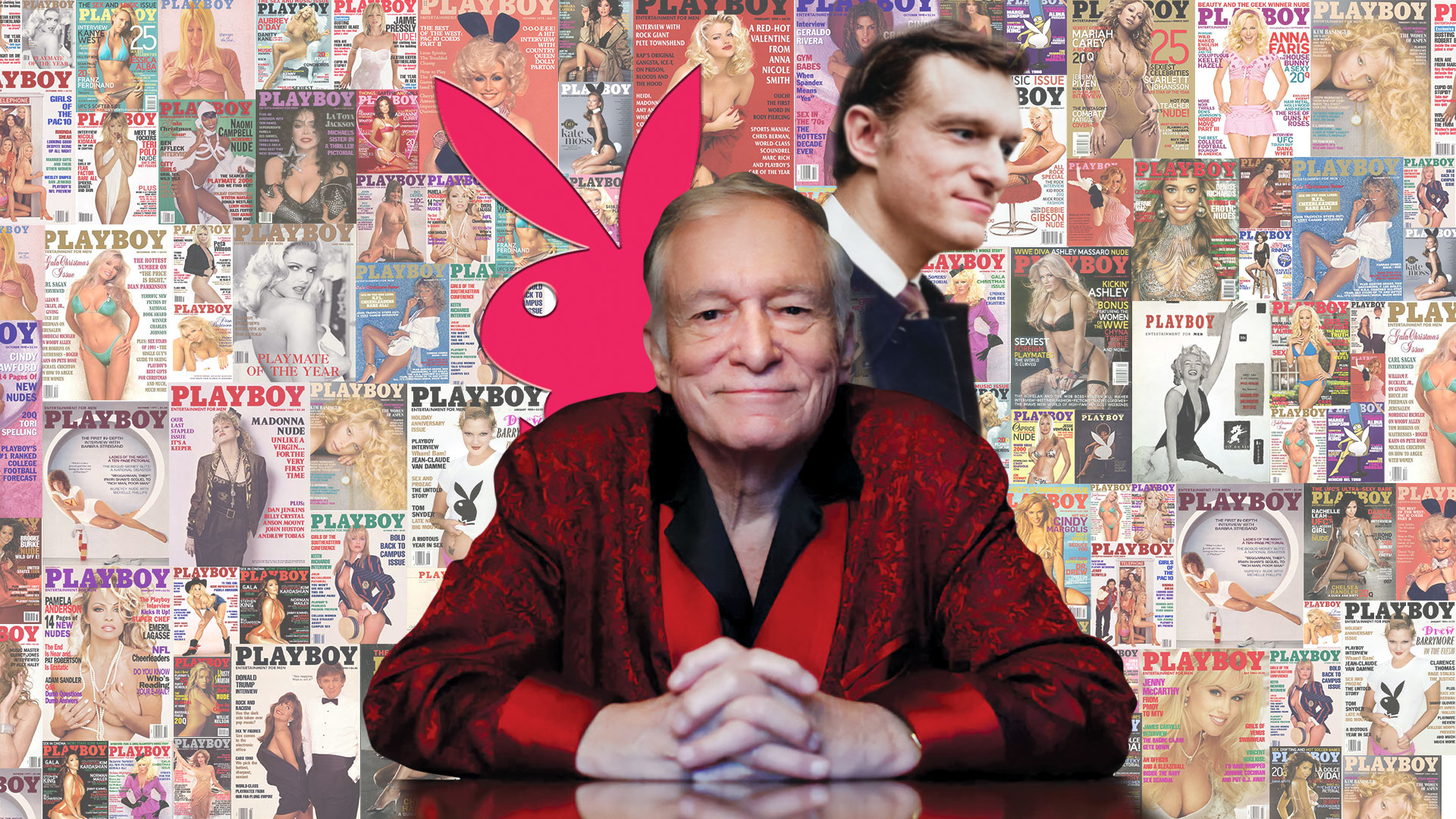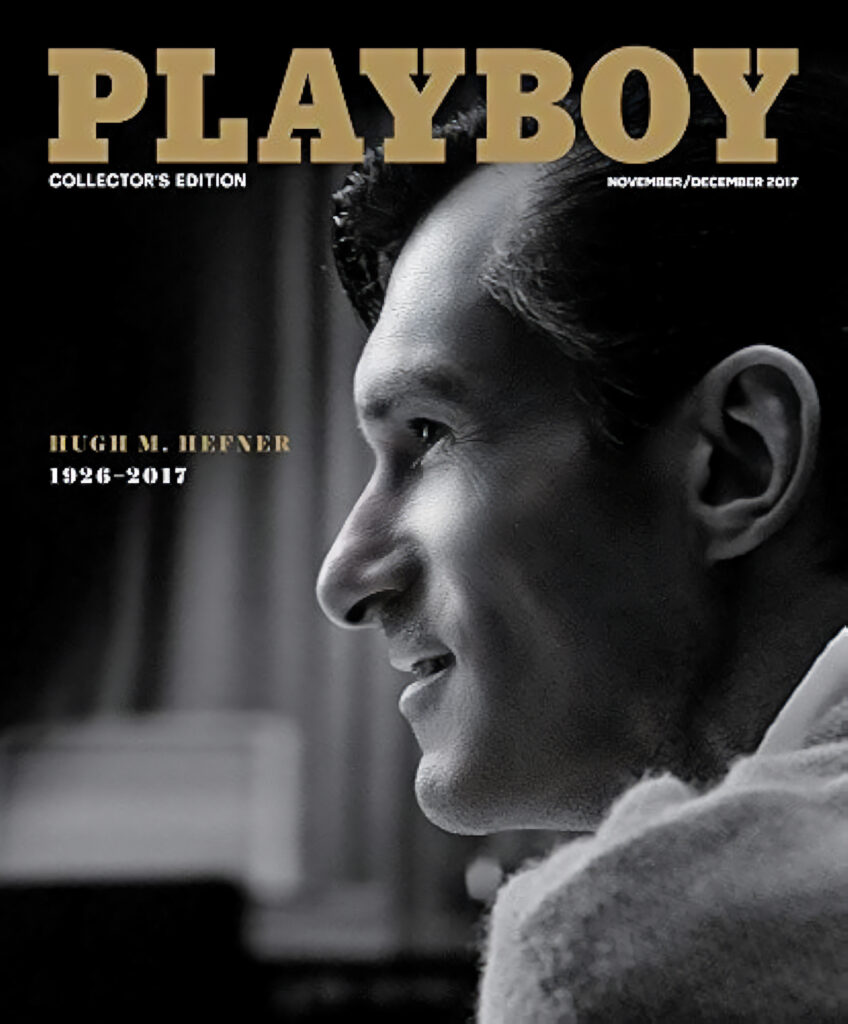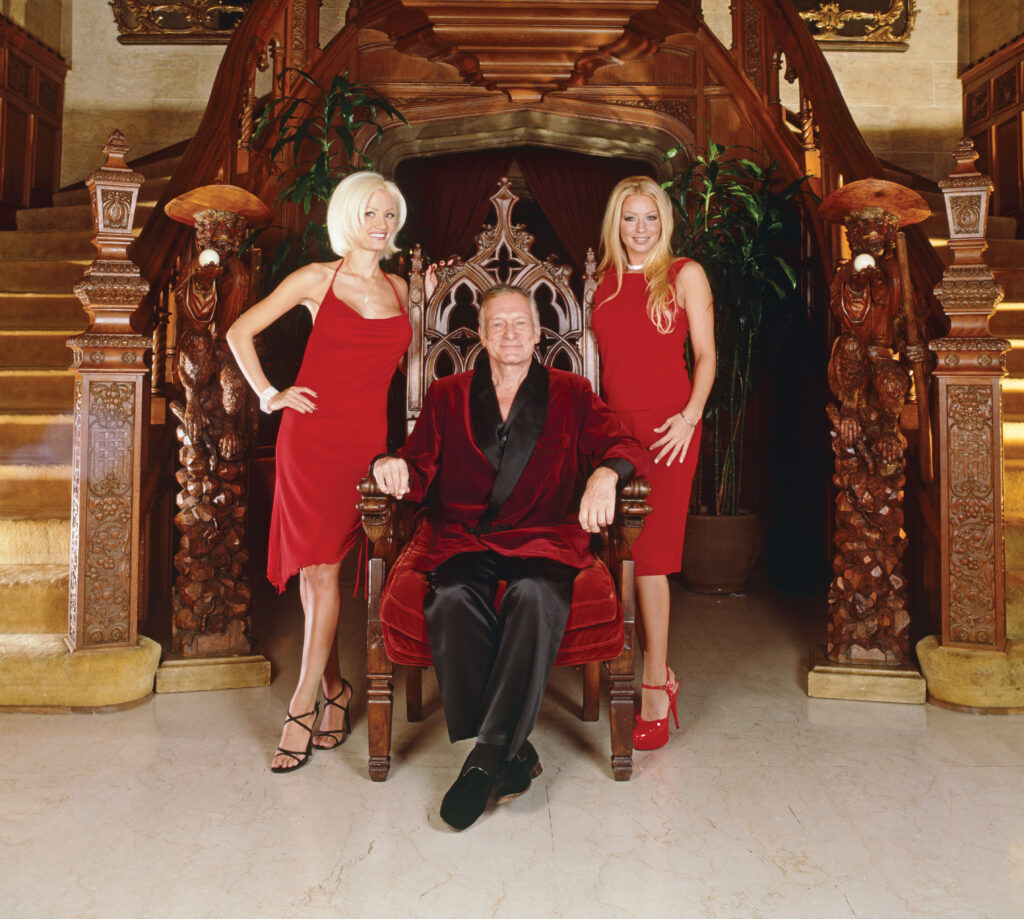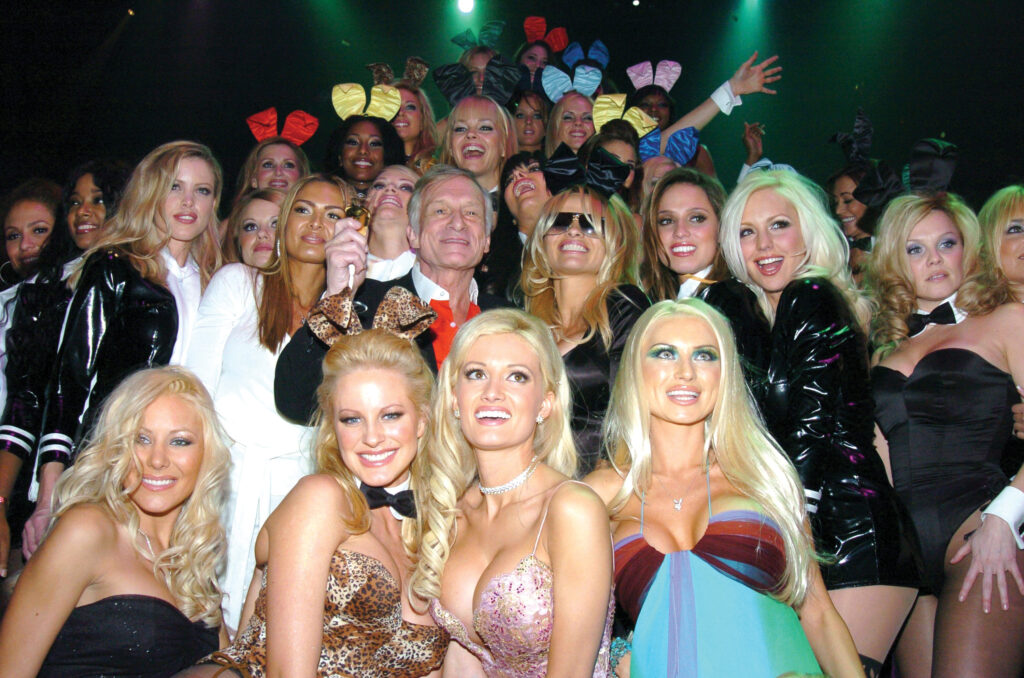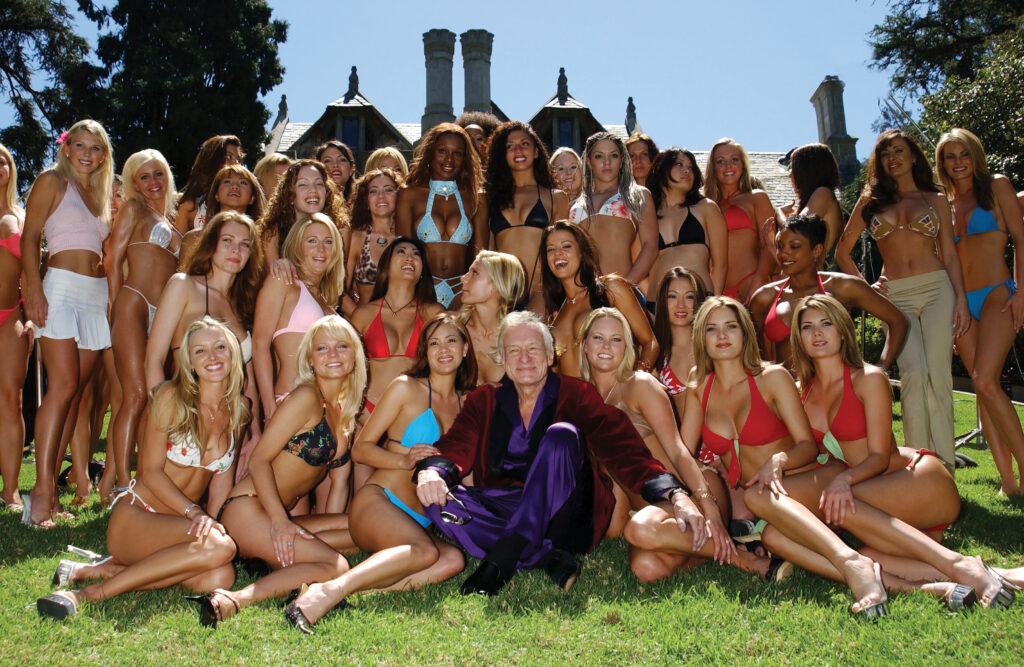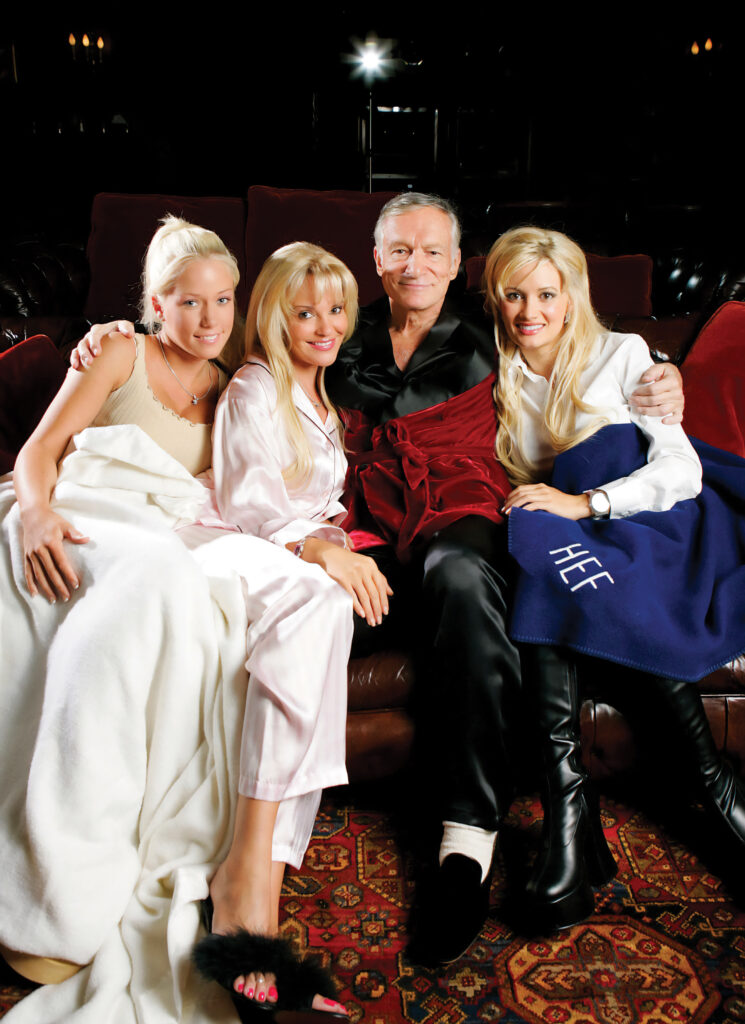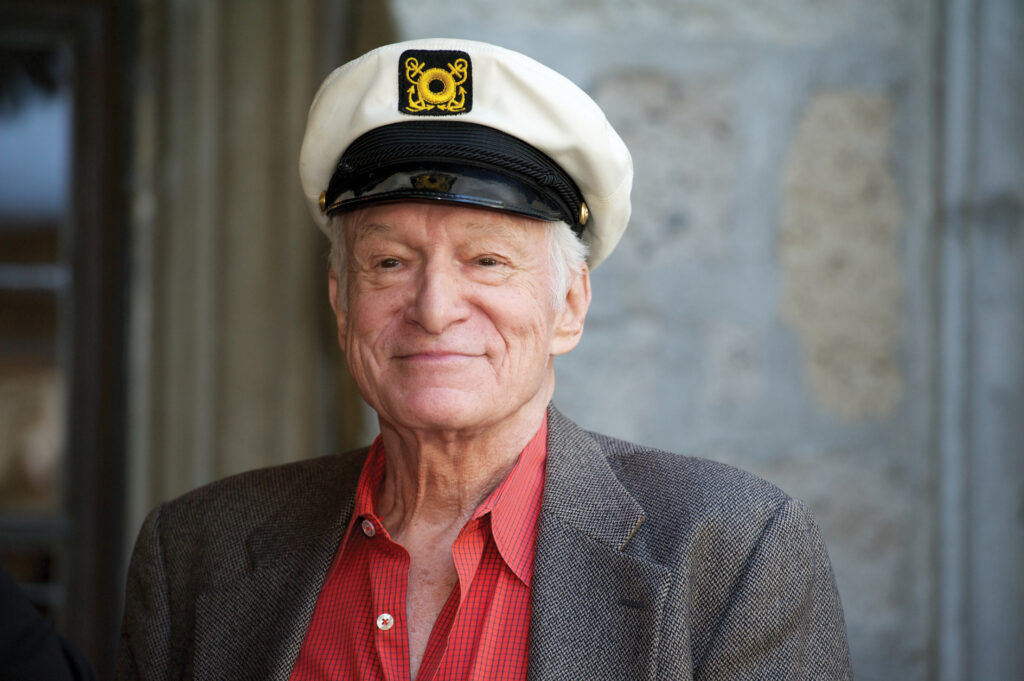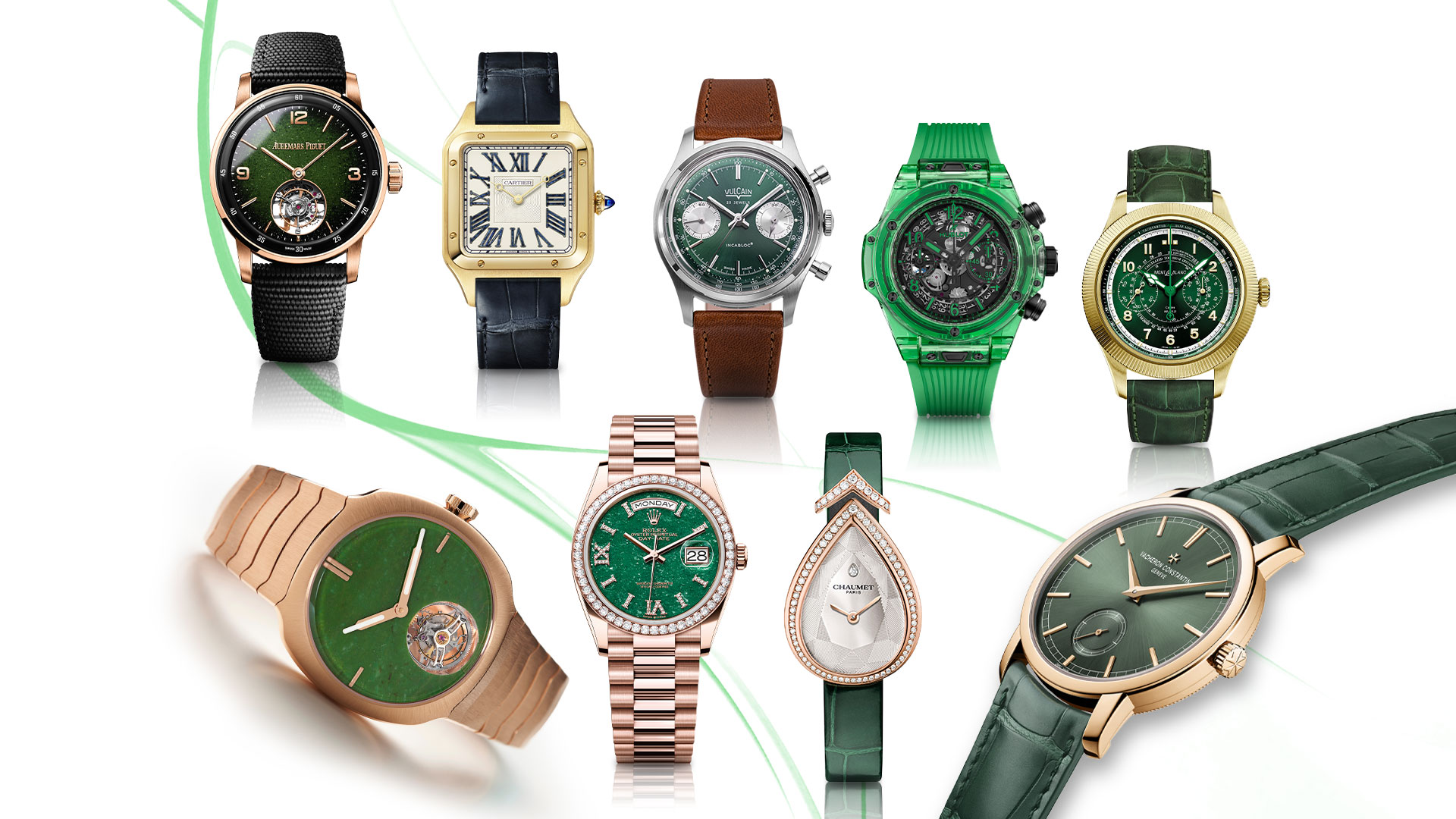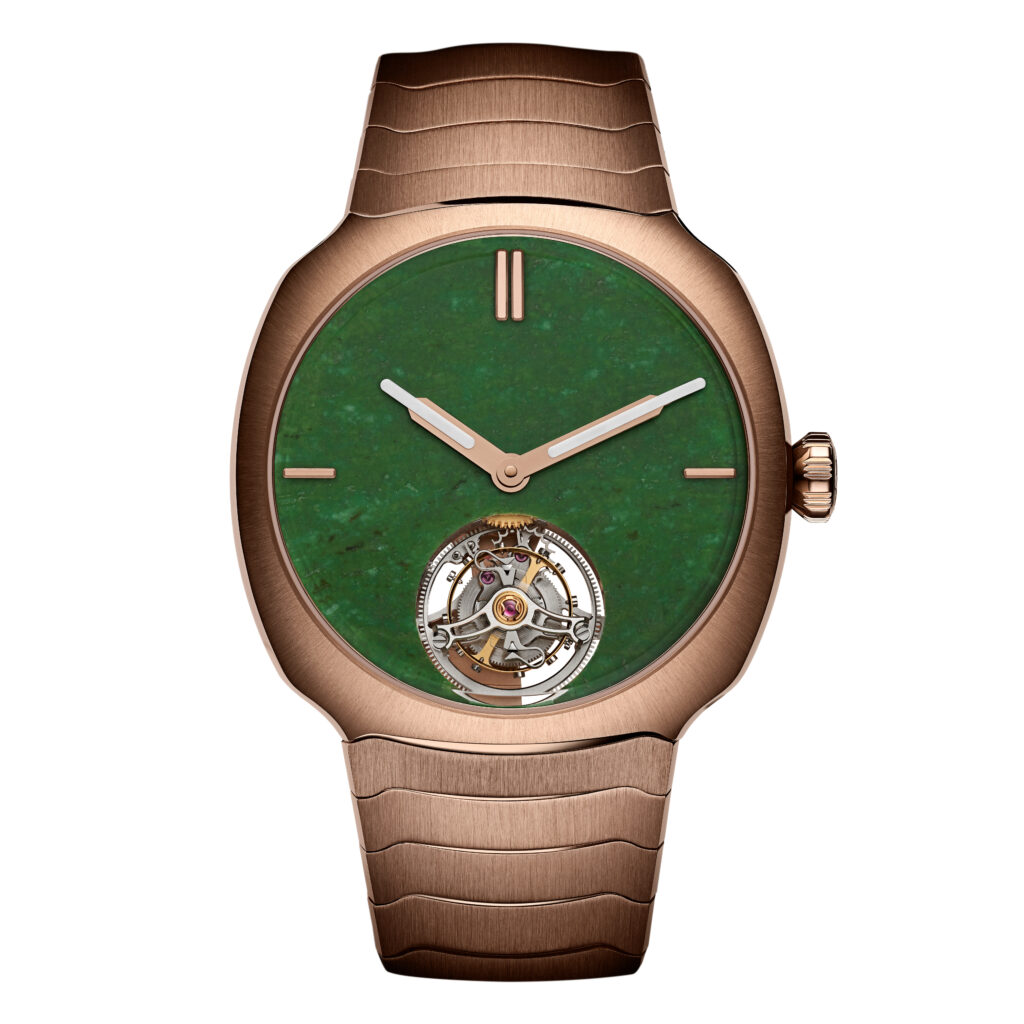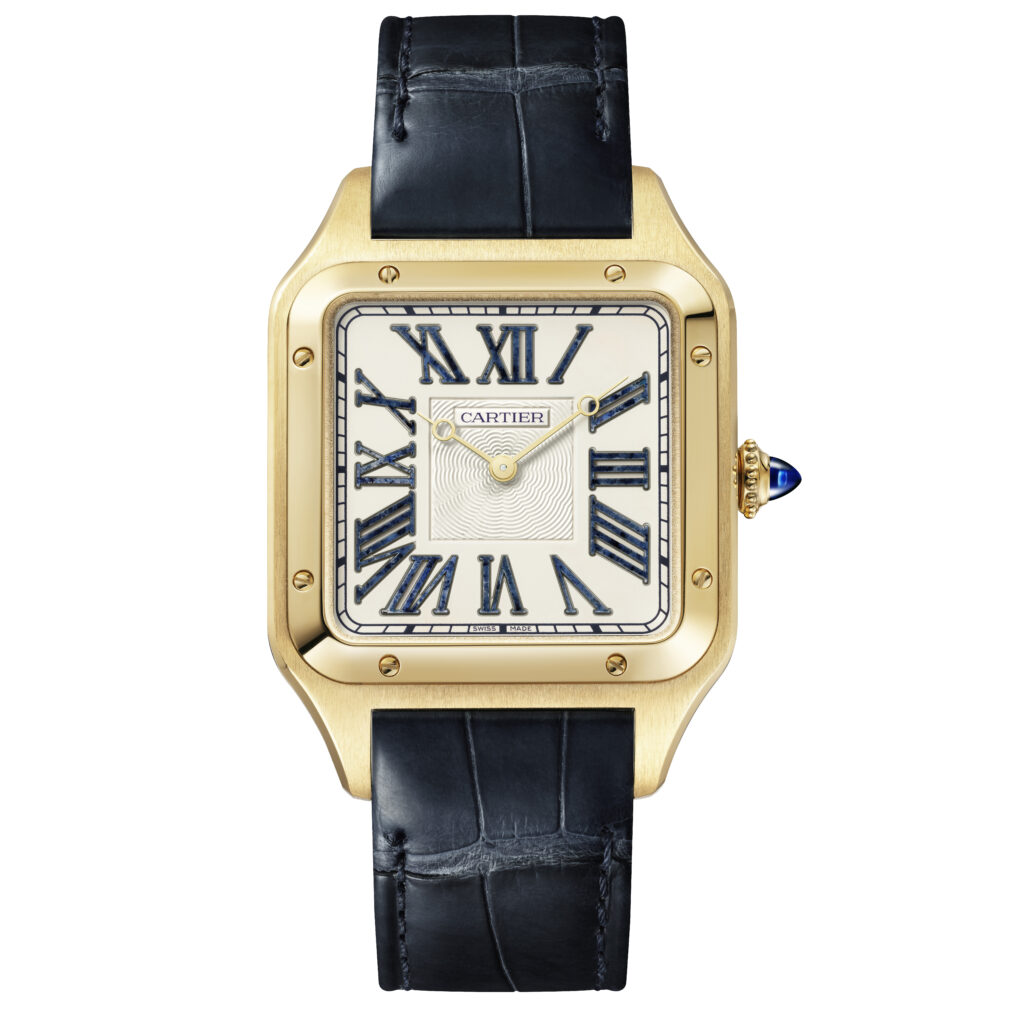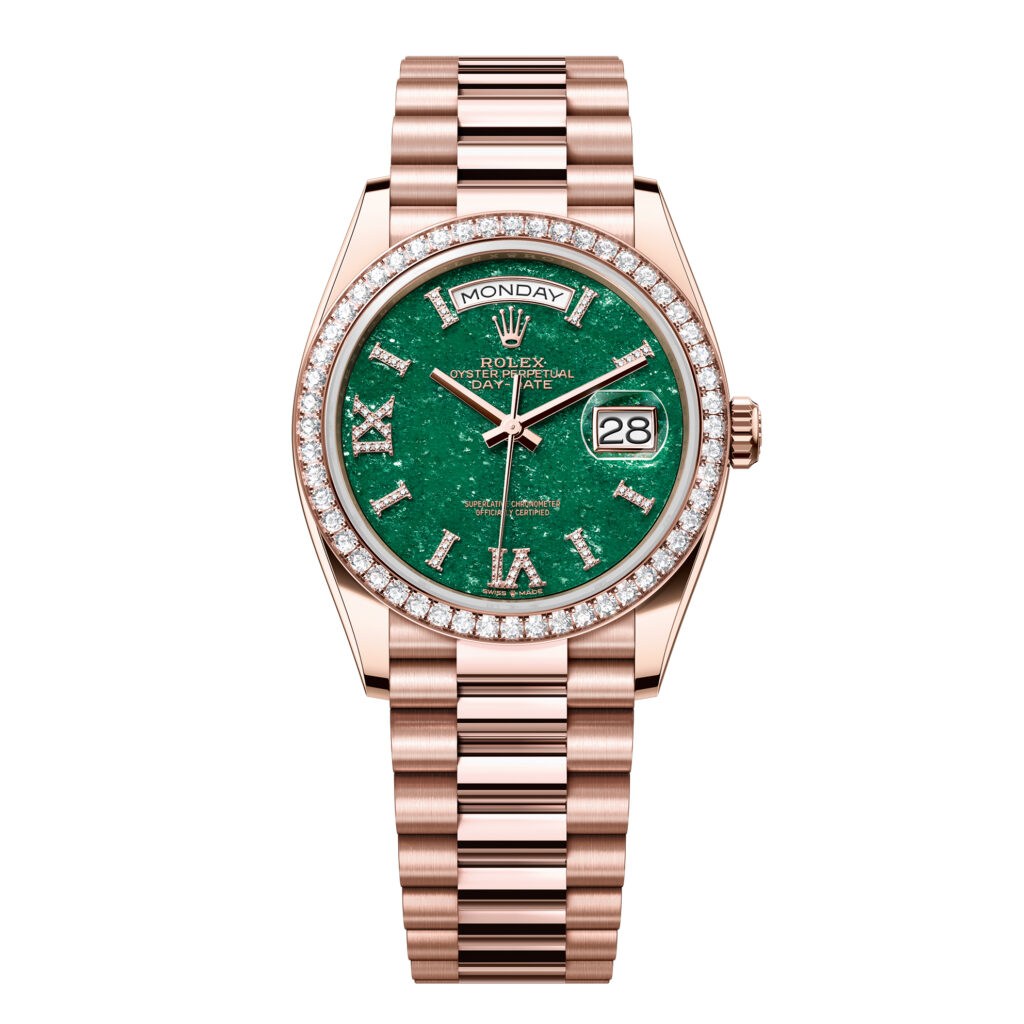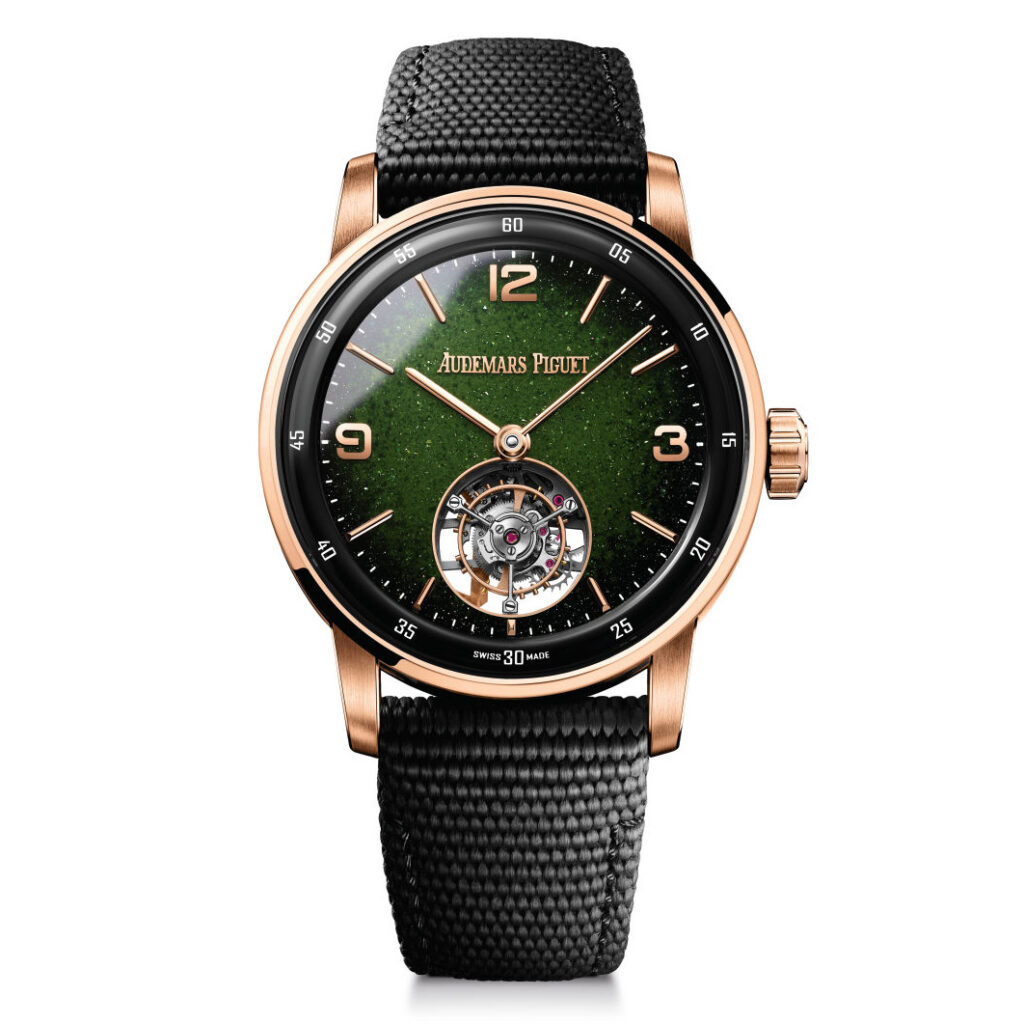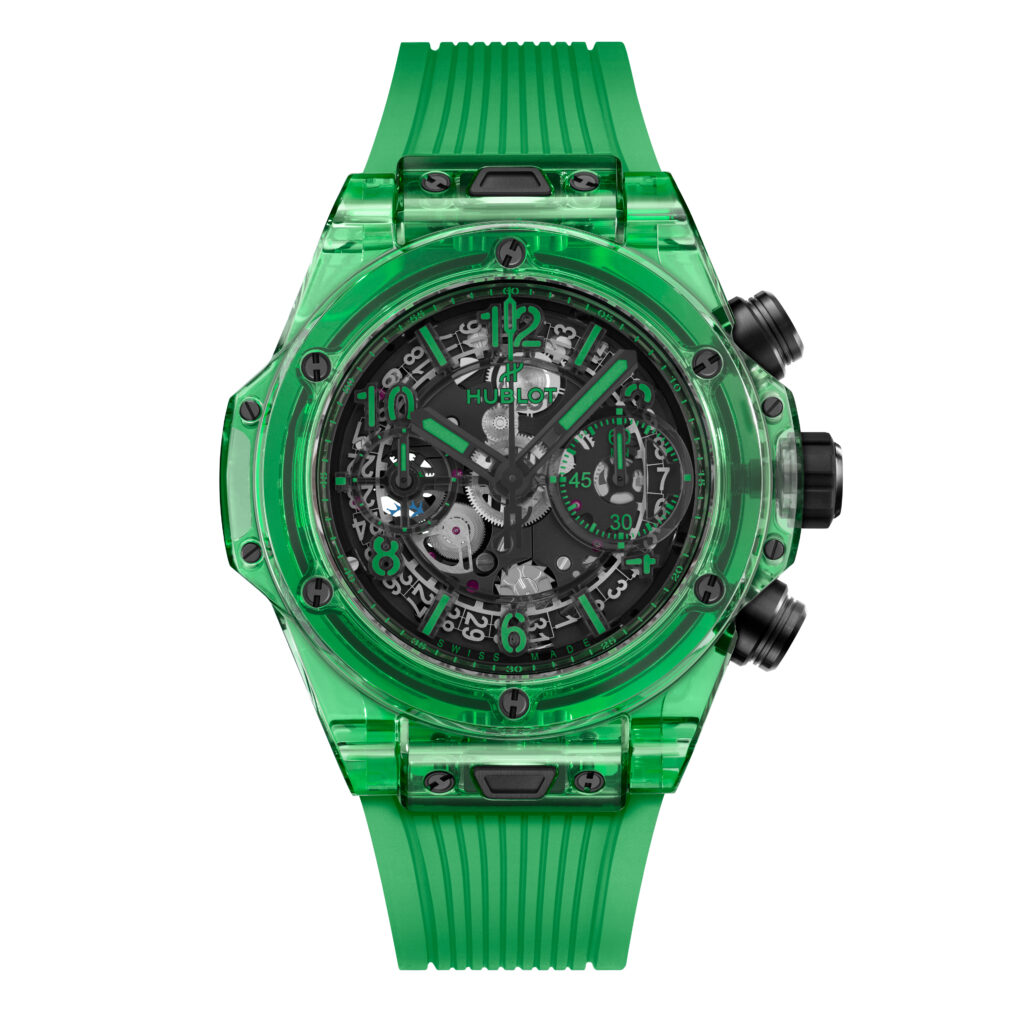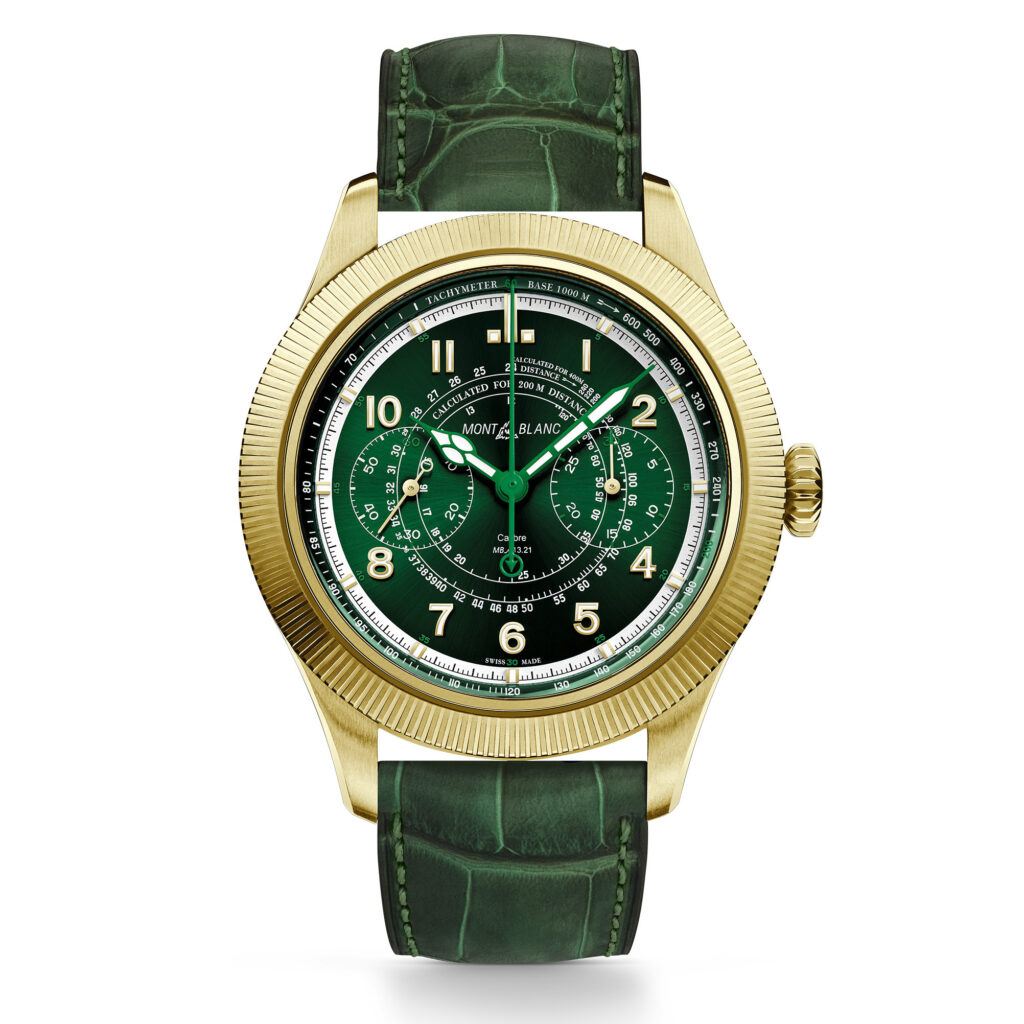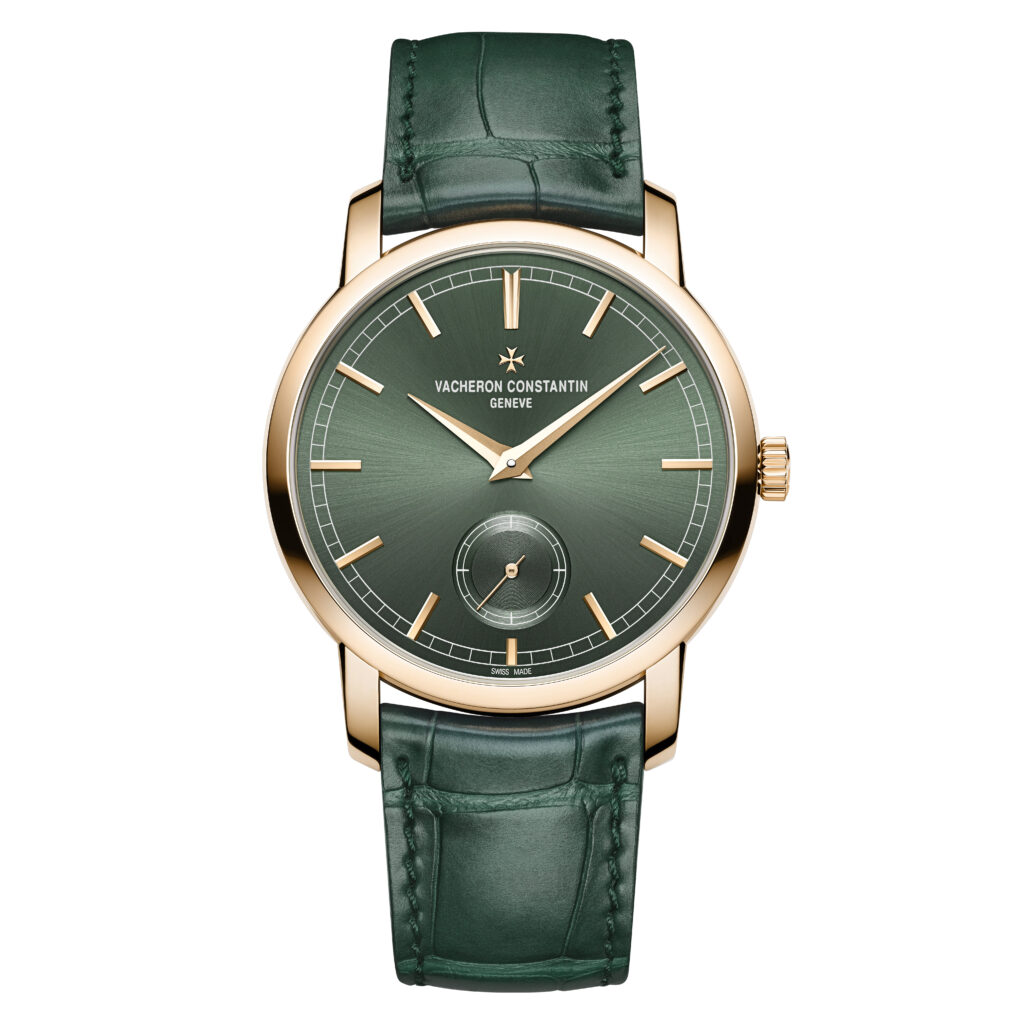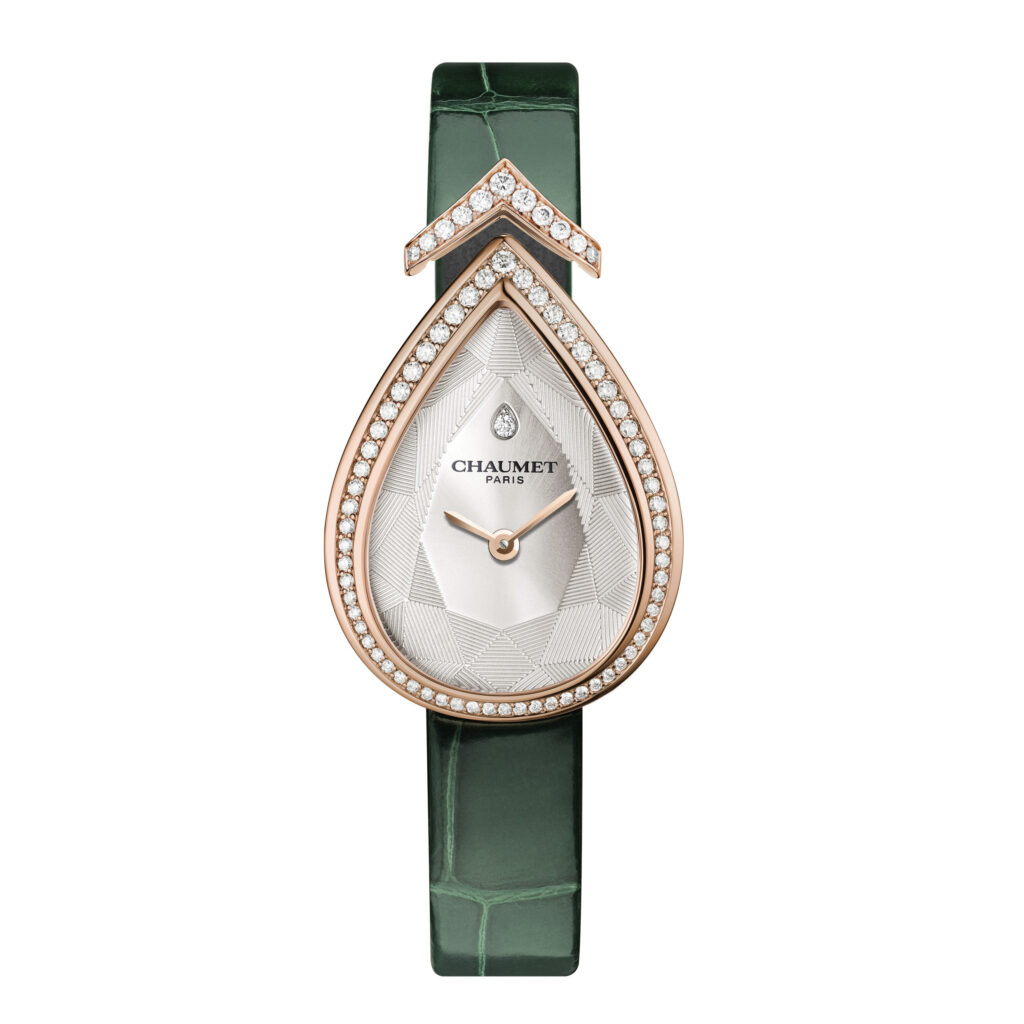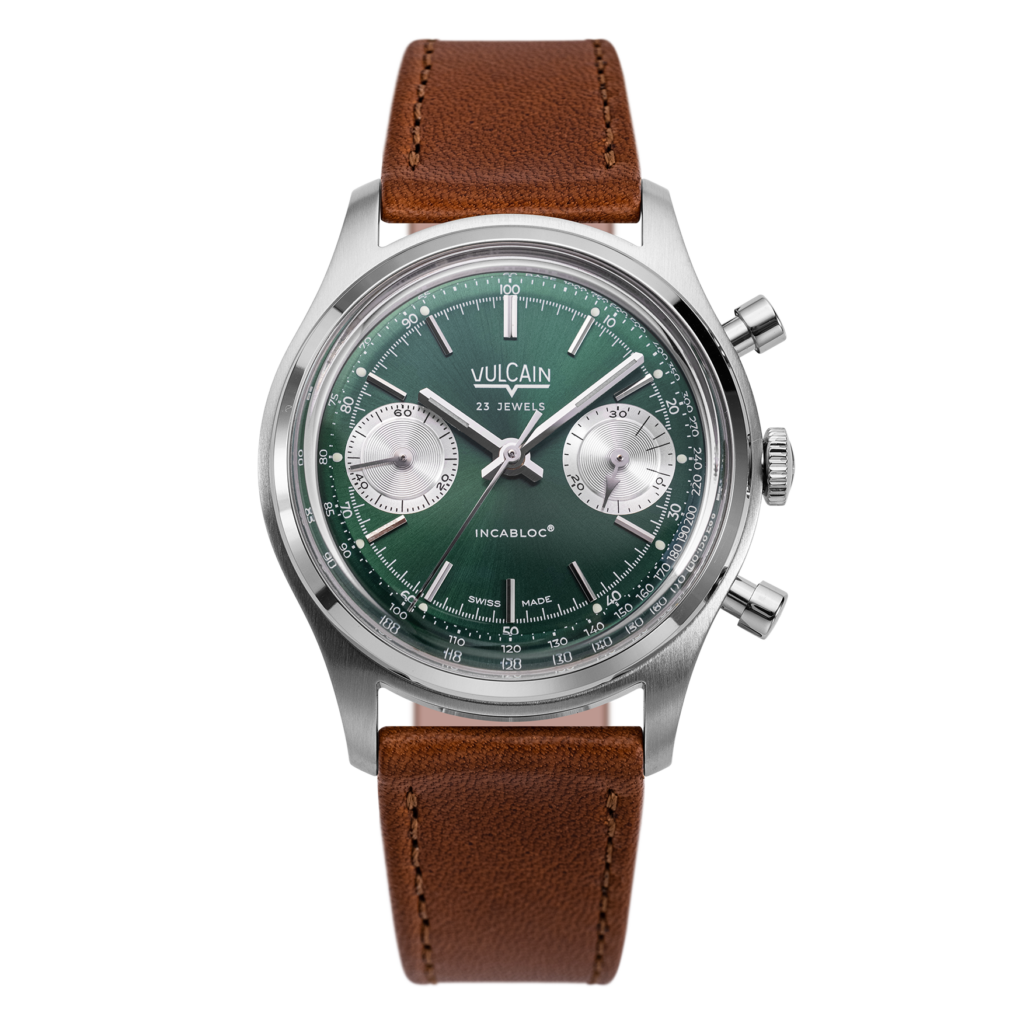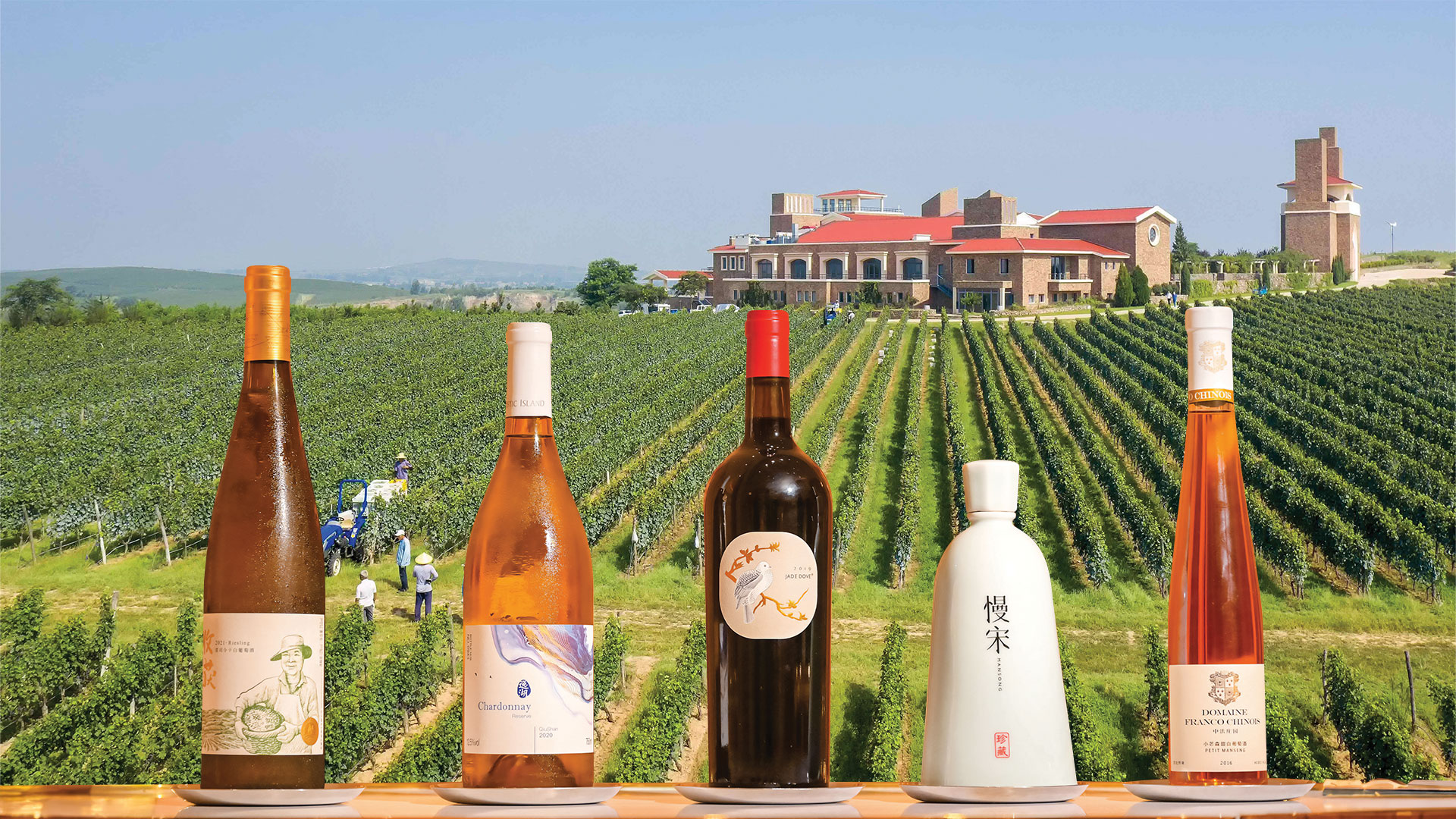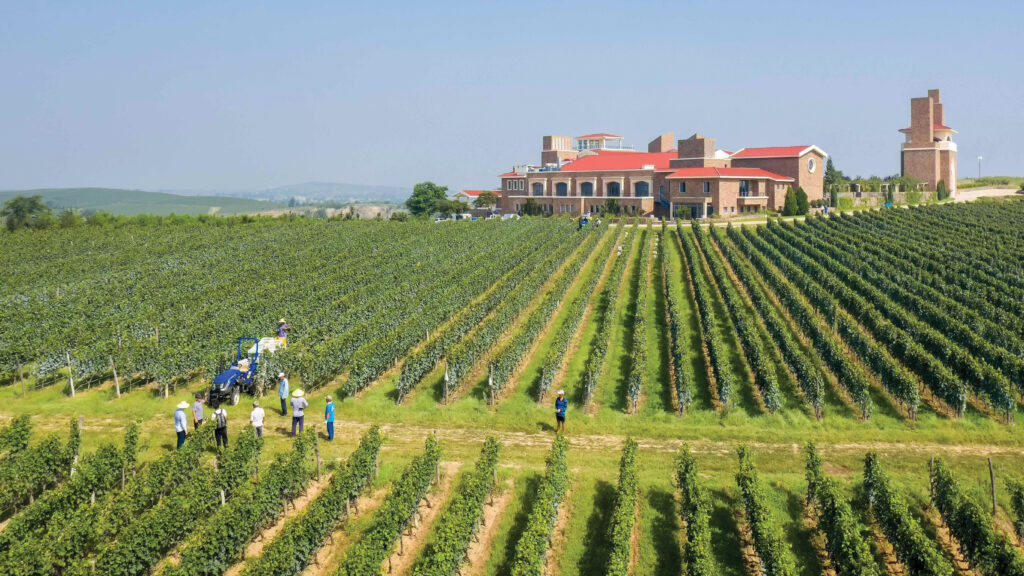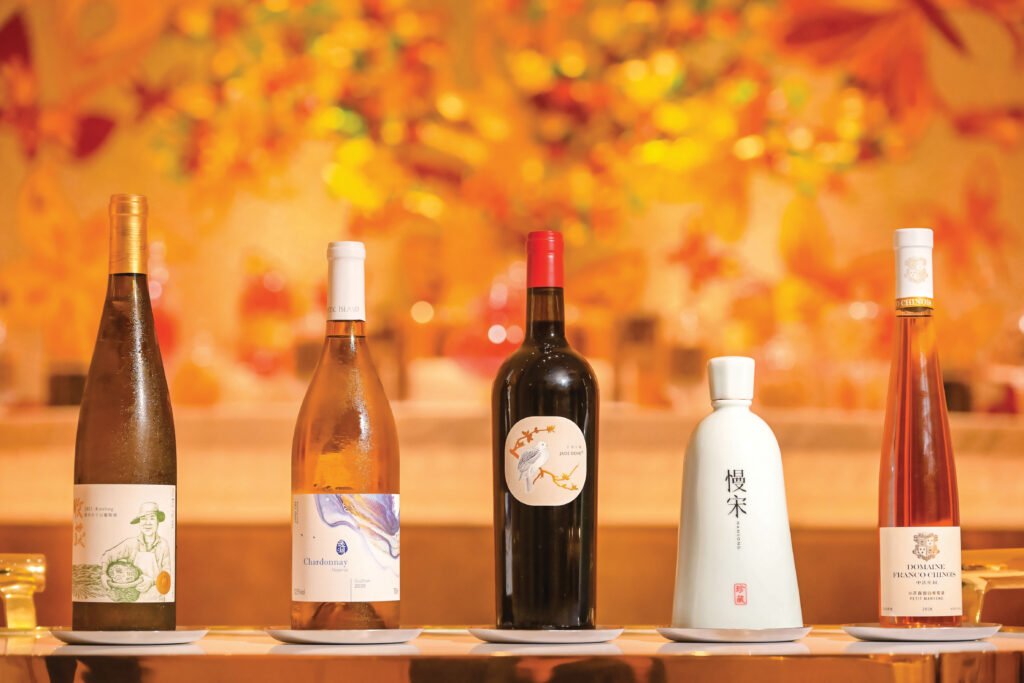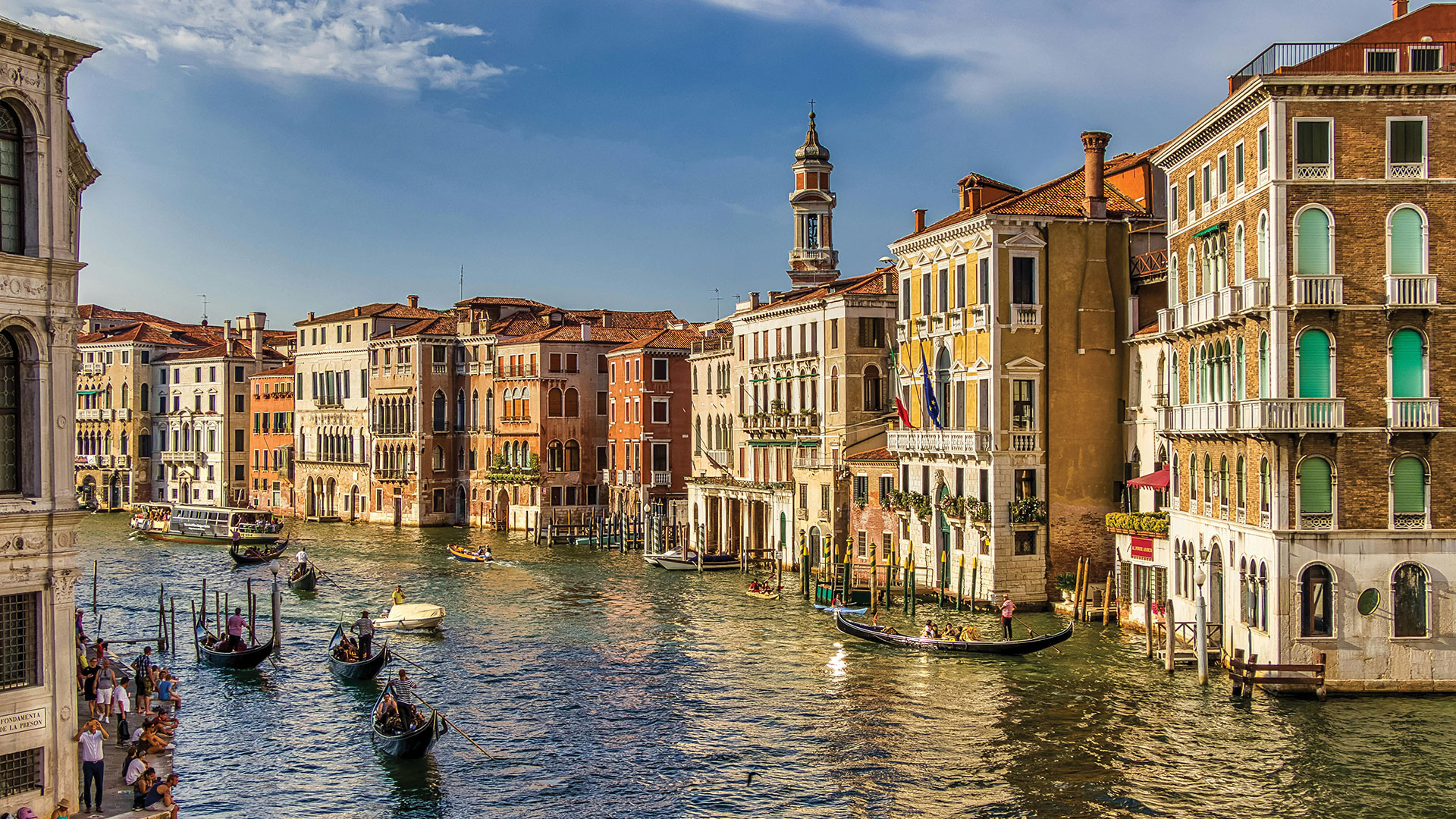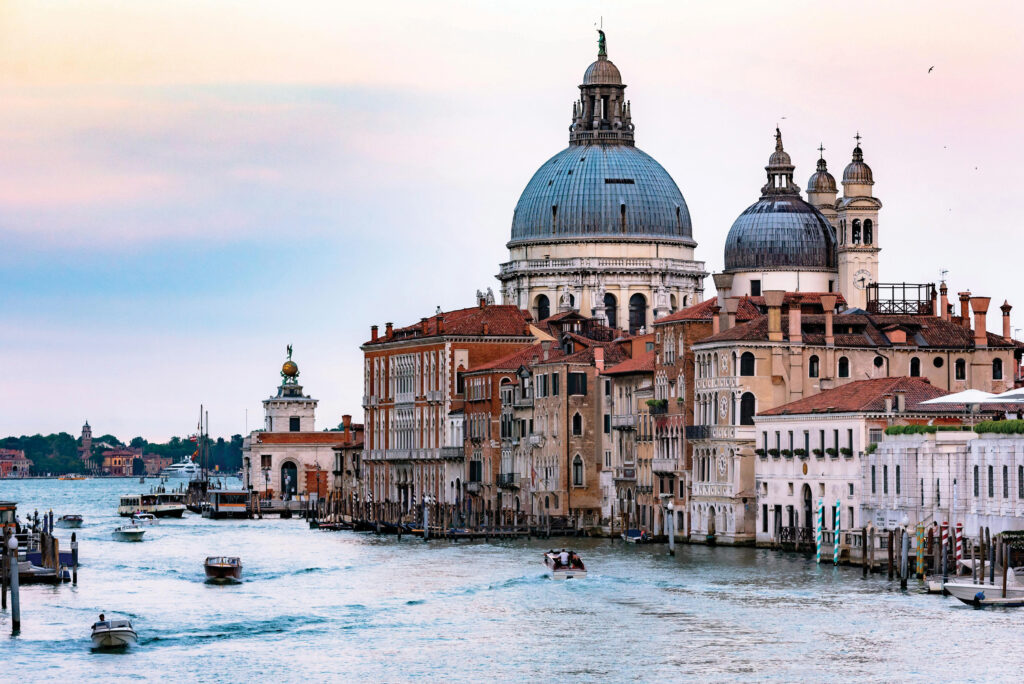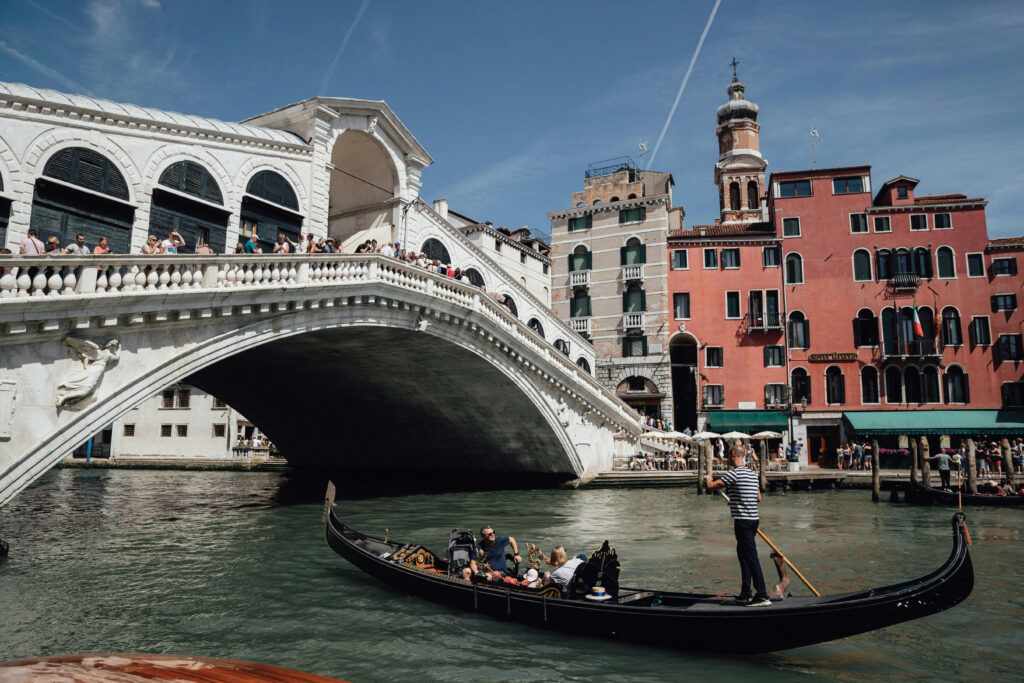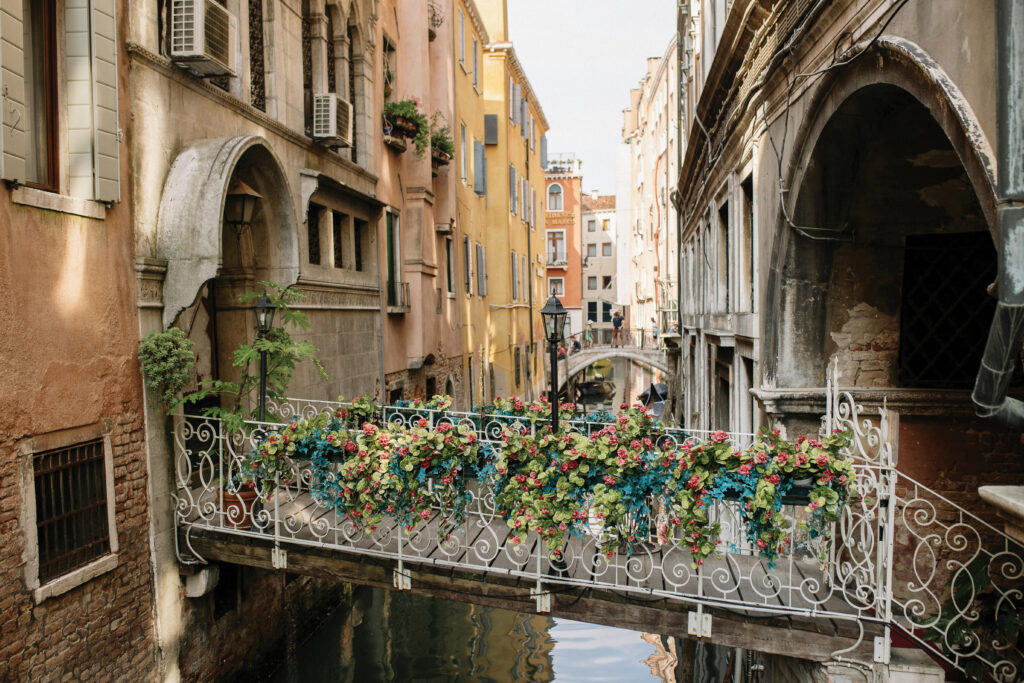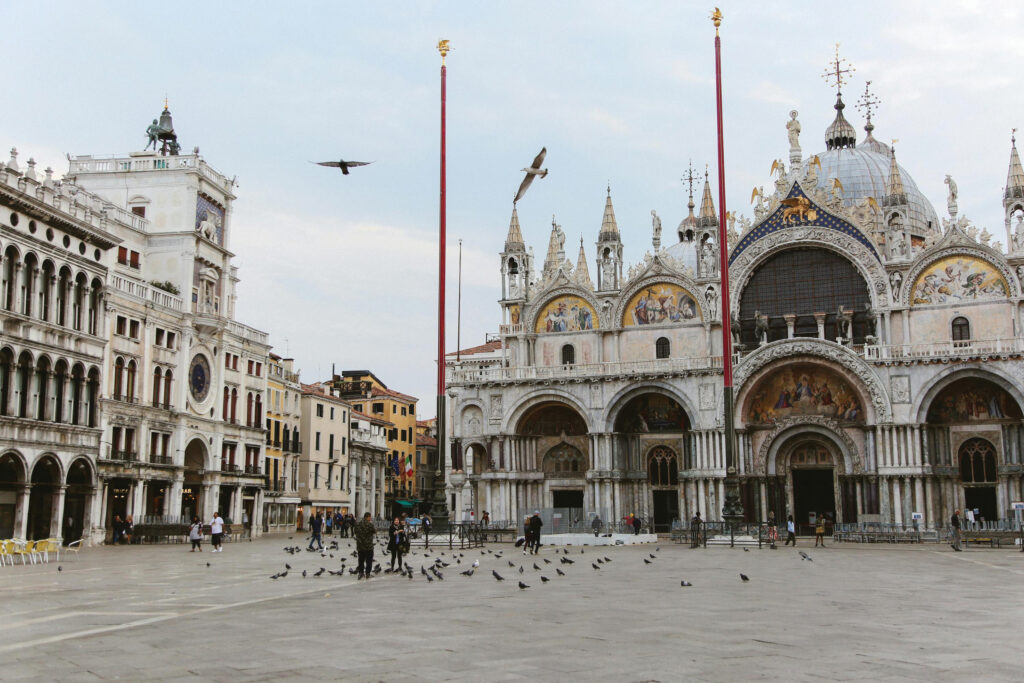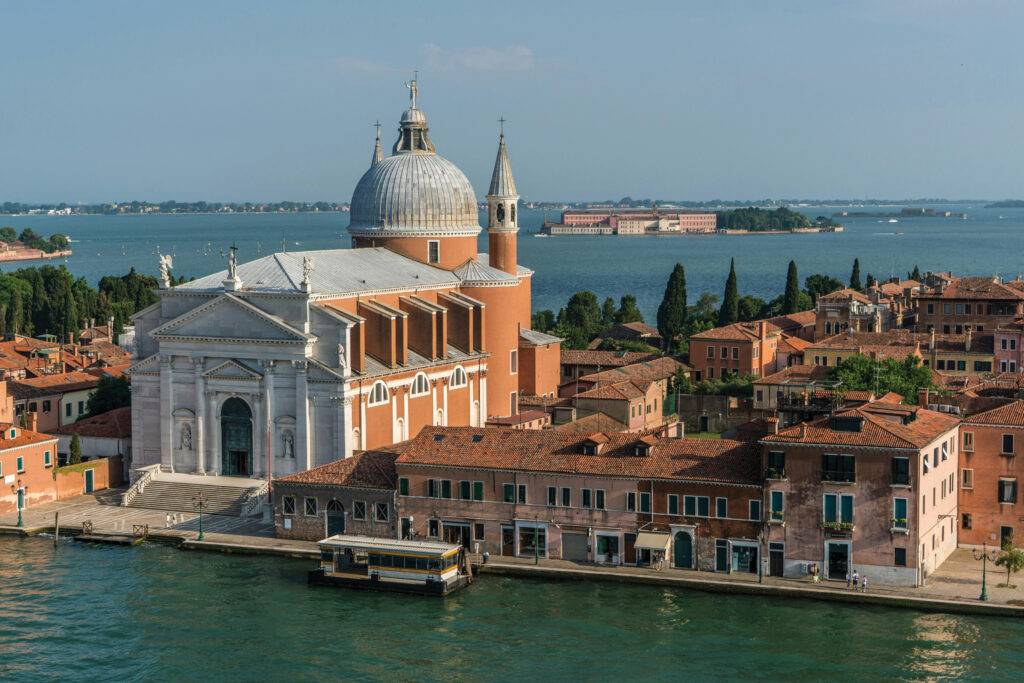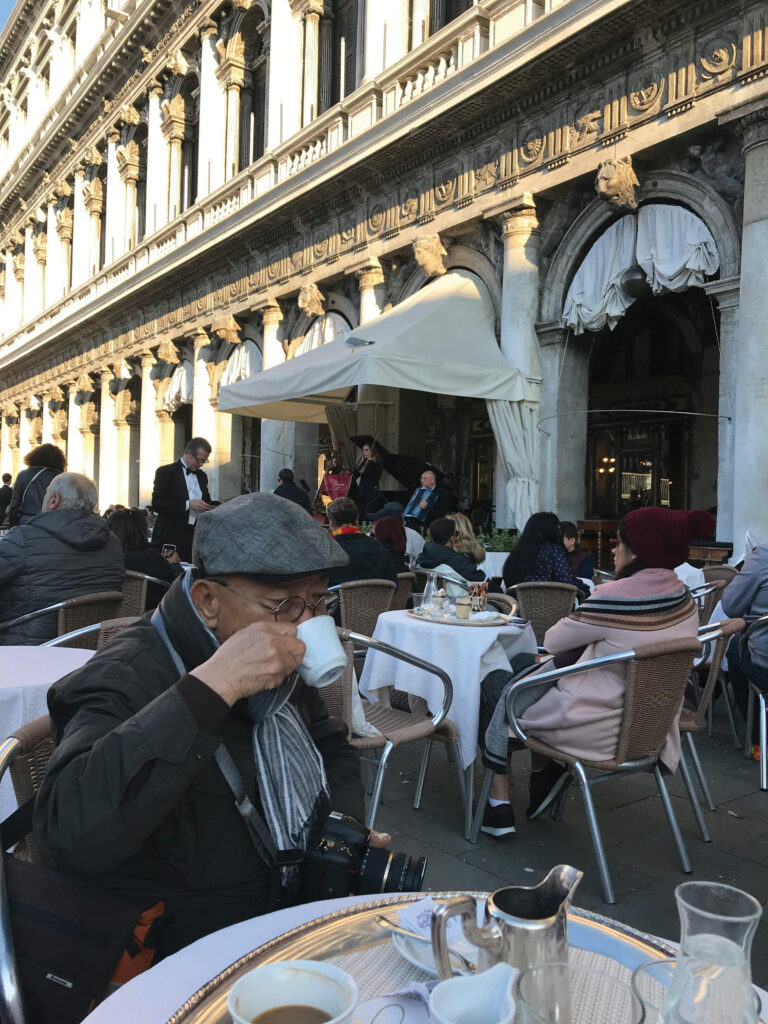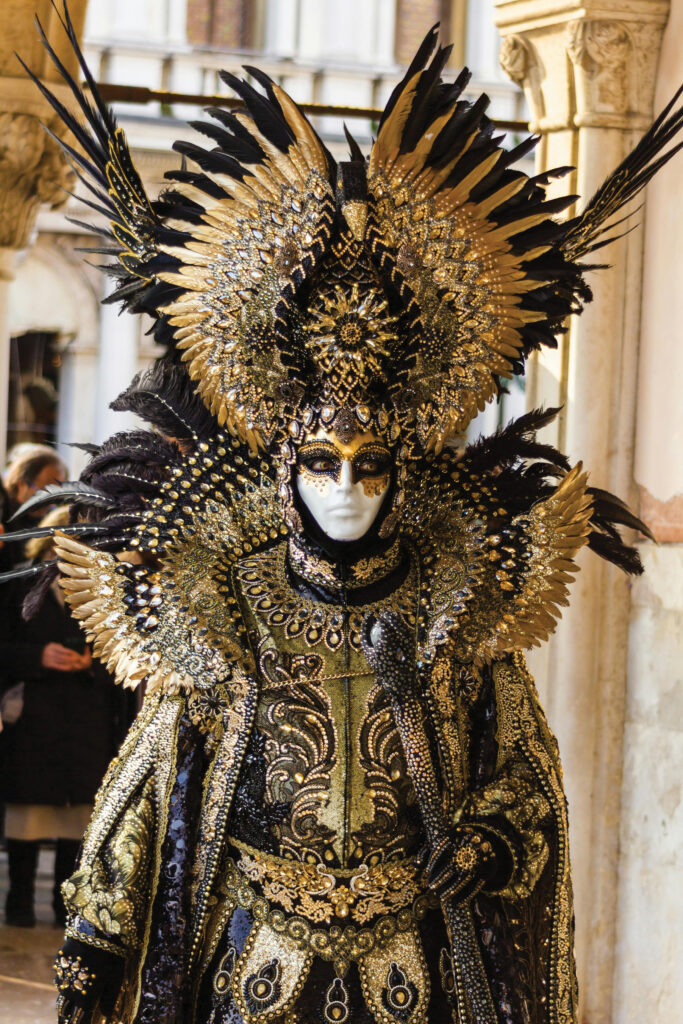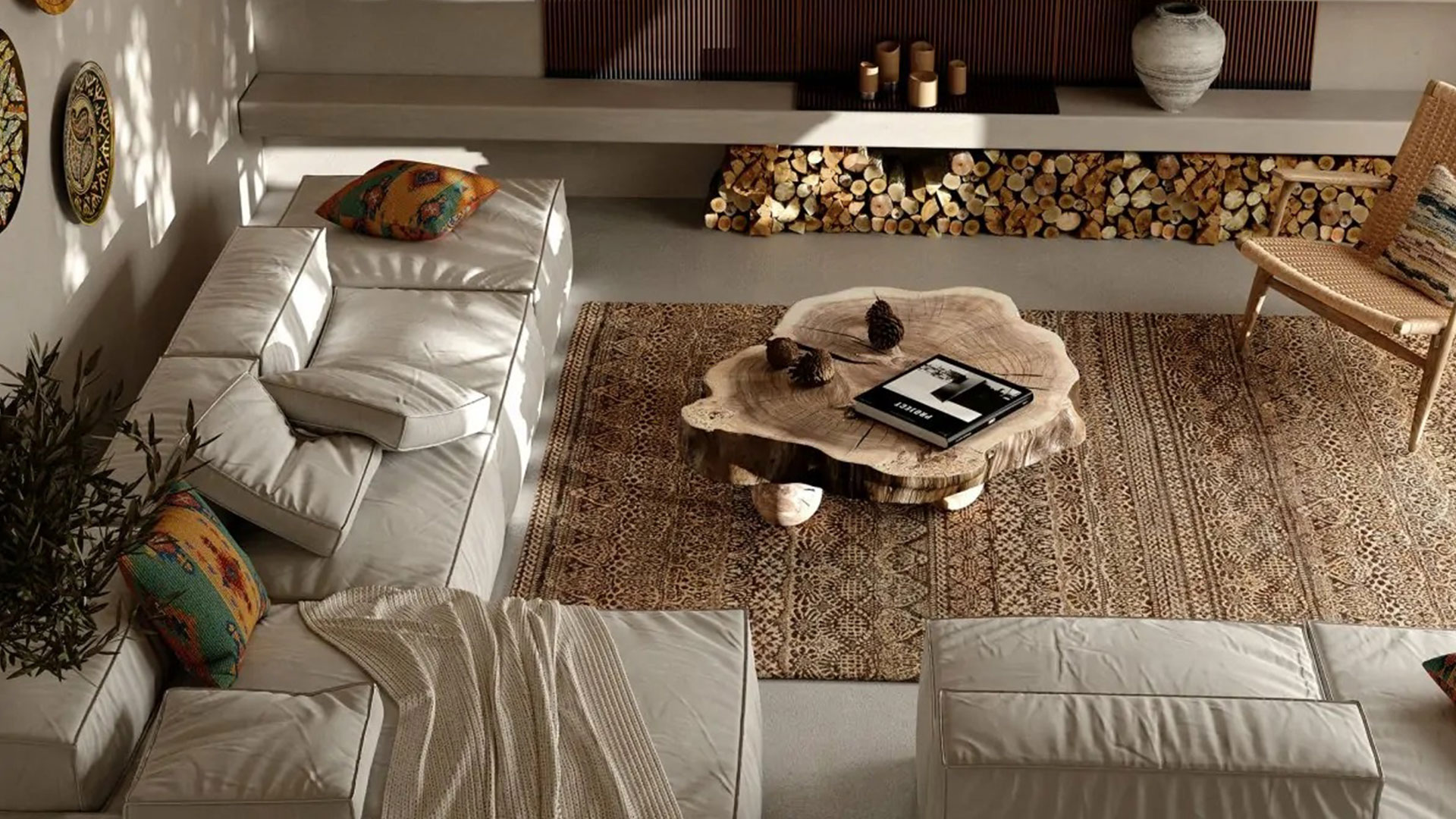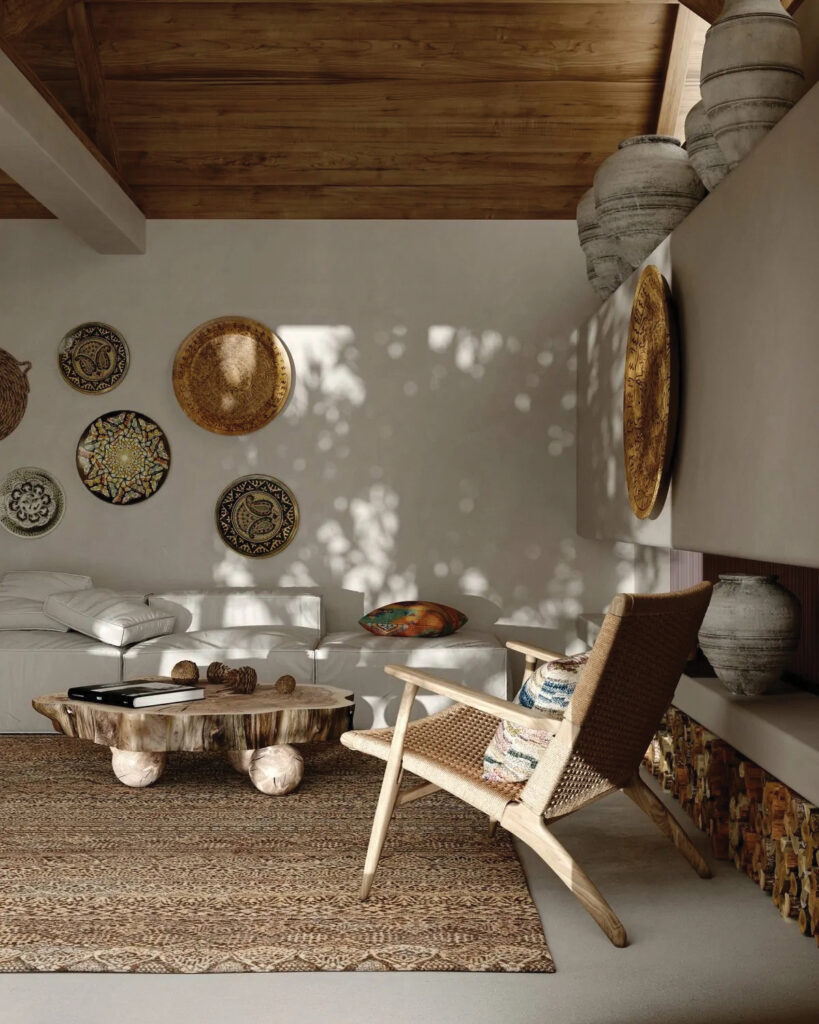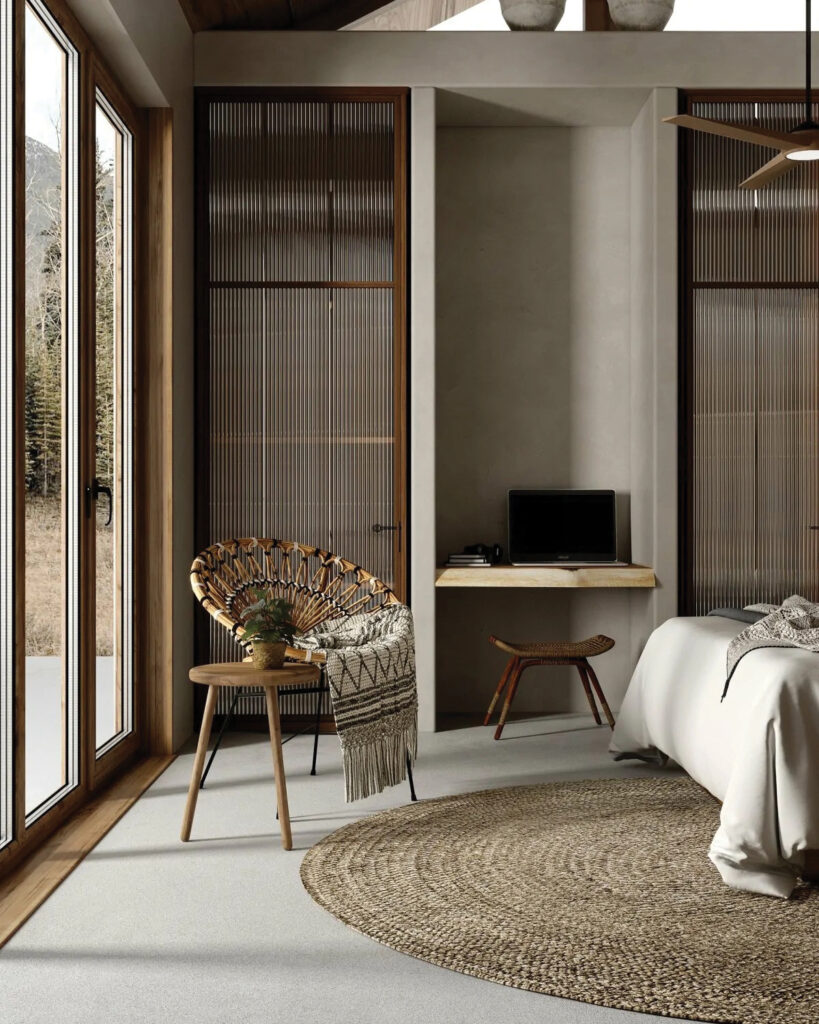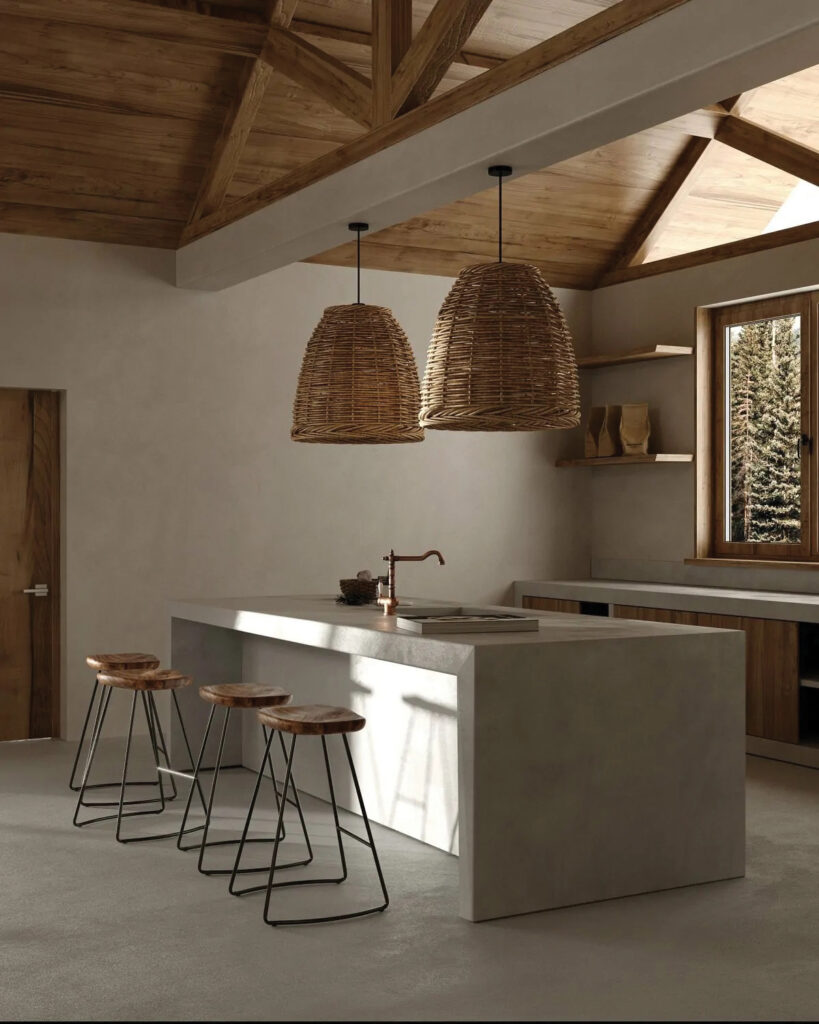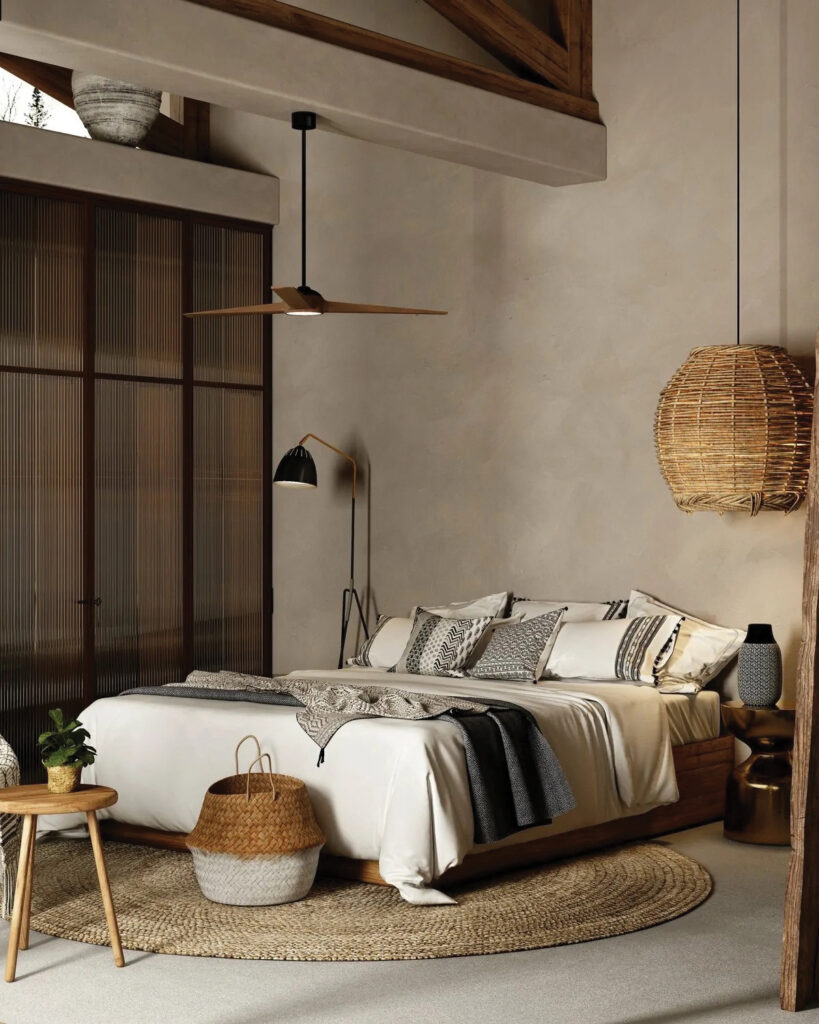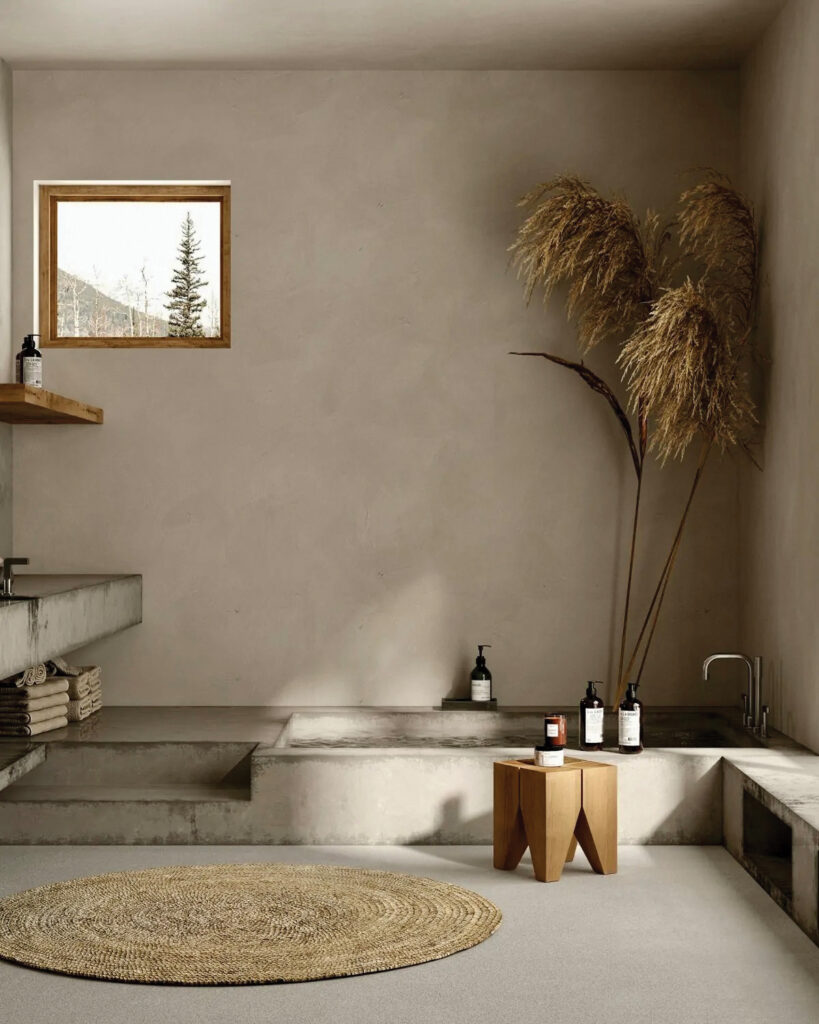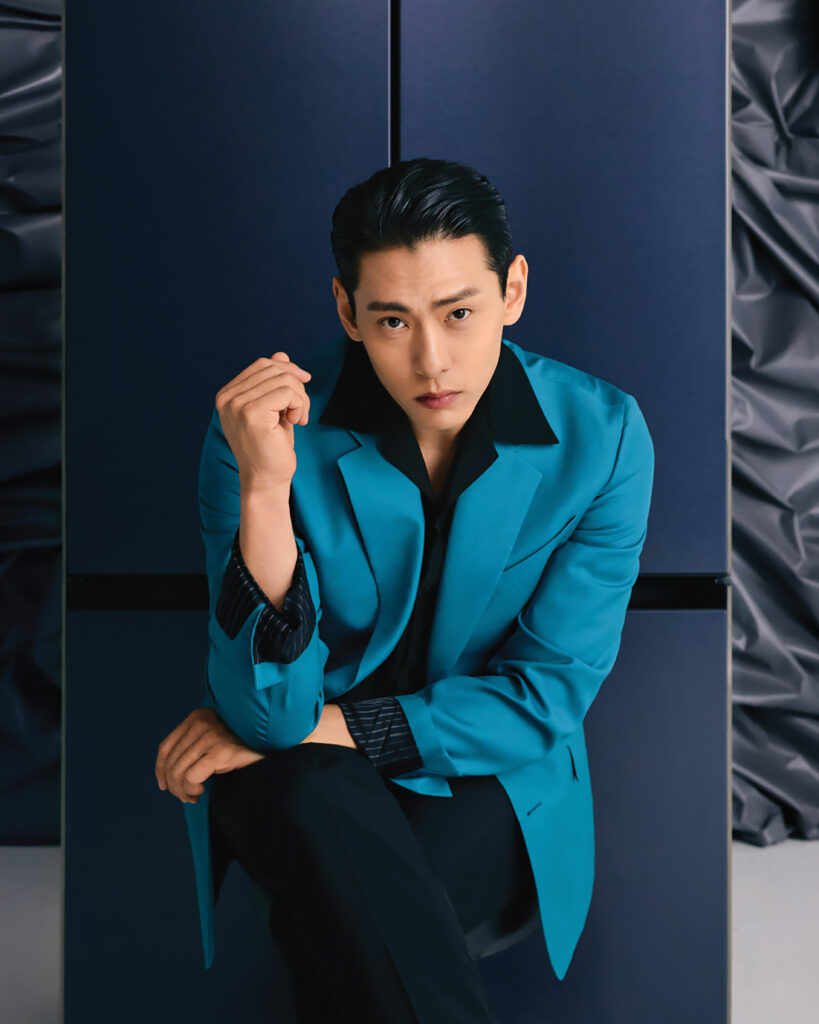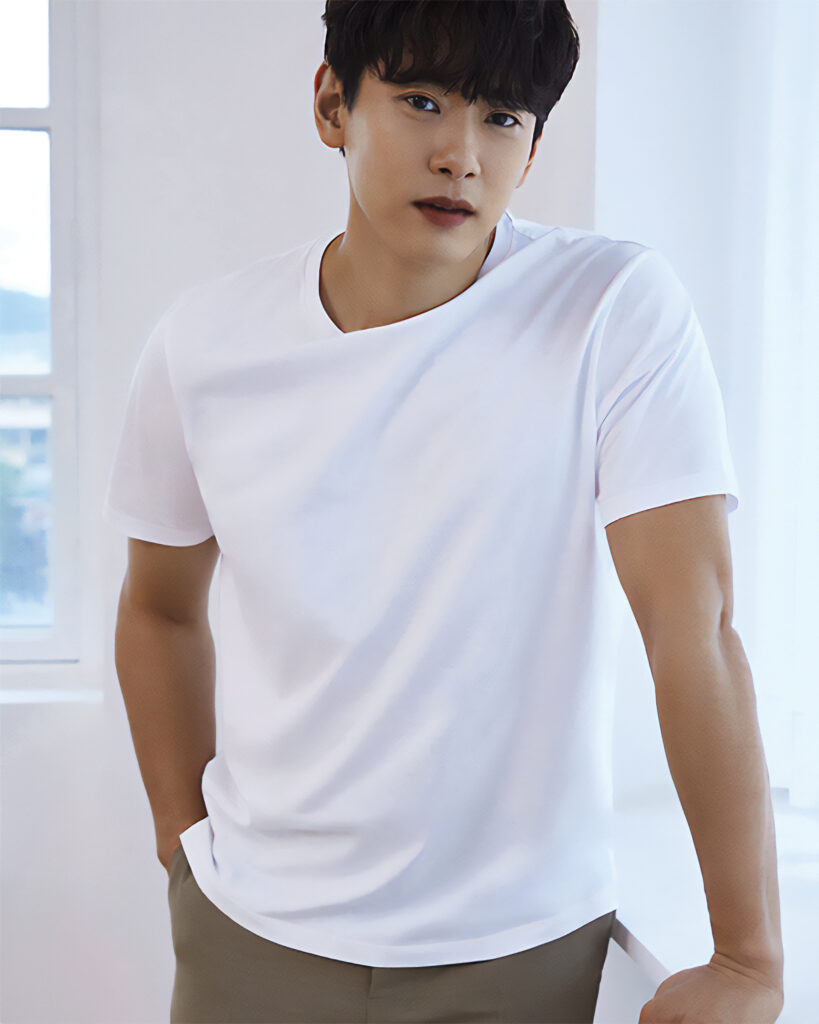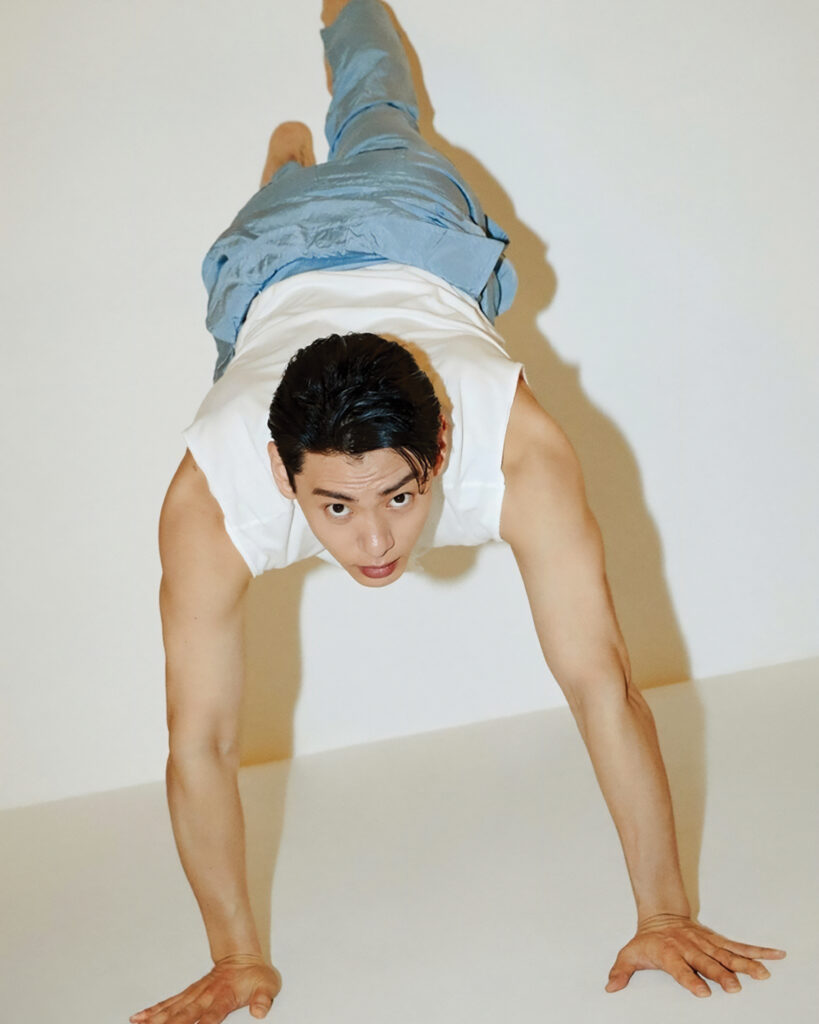Four breathtaking lots that wowed bidders at recent auctions include a painting by the Beatles, a fantastic supercar, a rare Leica camera and a collection of prints by Katsushika Hokusai.
Snap Happy: Original Leica captures imagination
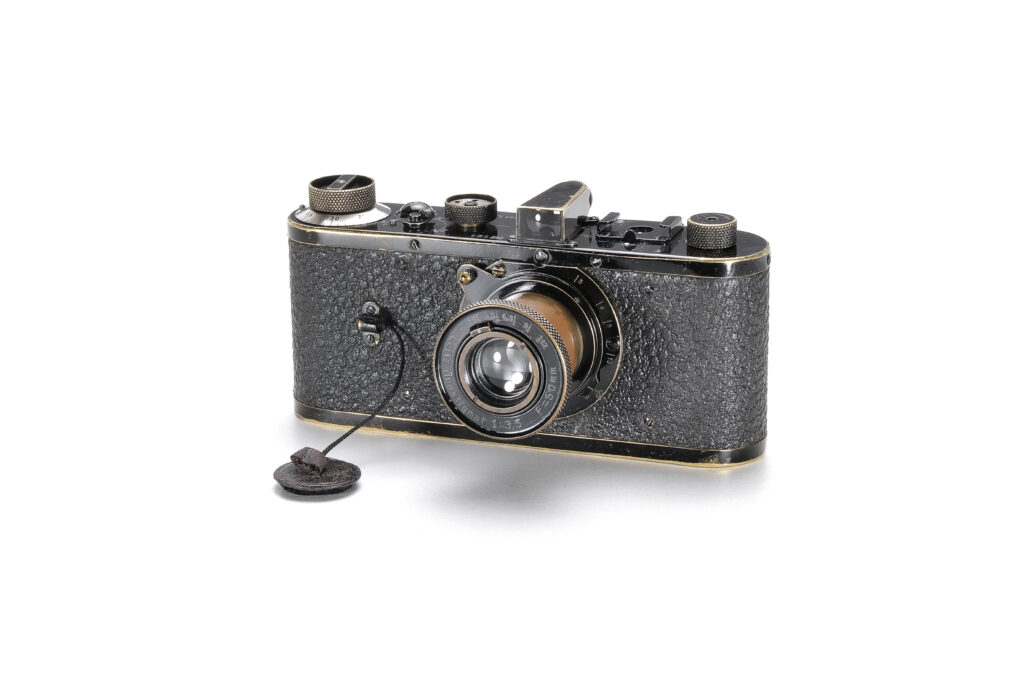
An extremely rare 100-year-old Leica camera sold for a whopping 3.5 million euros (HK$29.6 million) at the fifth Wetzlar Camera Auctions to be held in the German city. The final bid price for this 1923 Leica prototype, part of the iconic 0-series, was by far the highest clinched among an array of more than 250 historical cameras and accessories on the auction block. Fittingly, the majority of items sold were Leica cameras – Wetzlar is the home of the legendary German camera company.
This historic model is one of 22-25 prototypes made for testing purposes, then released as a limited series in 1924, the year before Leica’s birth. The whereabouts of just 16 of these ‘firsts’ are known; this one was part of an Italian private collection. Its black paint finish is in fine condition and it boasts the original leather lens cap with fastening cord and the original spool.
The 35mm camera, designed by Oskar Barnack, instigated a revolution in photography, and this prototype became the model for all 35mm Leicas. Wetzlar Camera Auctions has made a name for itself in recent years for achieving substantial prices for particularly rare photographica.
Fab Work: Beatles’ Japan painting a huge hit
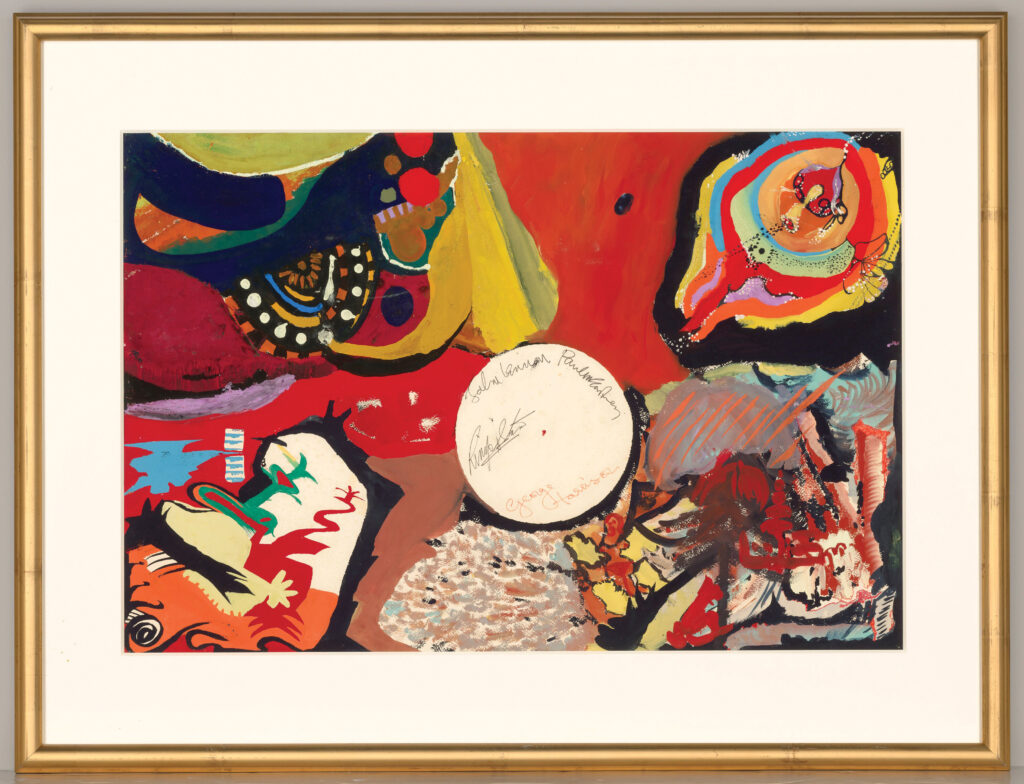
An amazing painting laid down by all four Beatles grabbed the attention of dedicated fans at a recent Christie’s sale in New York. Bidders drove the price of their collective psychedelic handiwork up to US$1.74 million (HK$13.64 million), a figure far in excess of the pre-auction estimate of US$400,000-600,000. The piece, Images of a Woman, was created by John Lennon, Paul McCartney, George Harrison and Ringo Starr in a Tokyo hotel room in 1966 during their concert tour of Japan.
The work is unique in the sense that it is the only time all four Beatles contributed to the same artwork, and it was also created during one of their last concert tours before the pressures of stardom forced them to quit performing live. Commenting on the auction’s success, Christie’s International Specialist Head Casey Rogers said: “It’s been a thrill to witness another magnificent performance by The Beatles. I am proud of the way we told the story of this one-of-a-kind object that is both a work of art and an intimate piece of memorabilia signed in order by John, Paul, George and Ringo.”
The Beatles produced this wonderful piece using watercolours and oil paints on fine Japanese art paper.
Great View: Collection of prints sets record
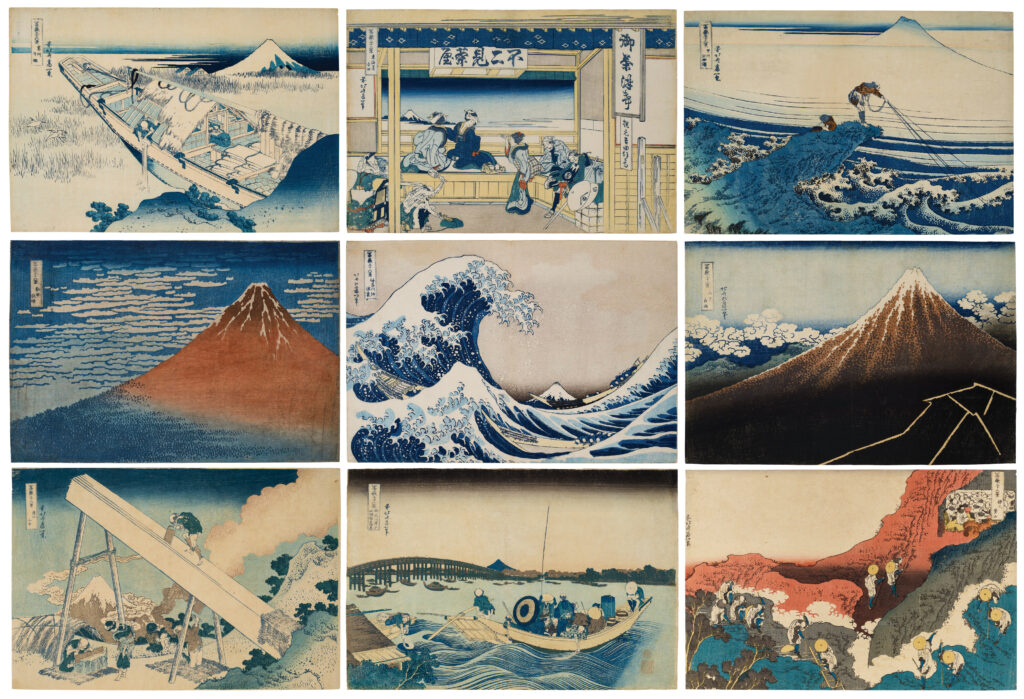
A series of prints by Katsushika Hokusai set a world record for the renowned artist at a recent Christie’s auction held in New York during Asian Art Week. The final sales price reached US$3,559,000 for the complete set of Thirty-six Views of Mount Fuji which were featured as prized lots of the Japanese and Korean Art section of the sale. The enthusiastic bidding during the auction smashed the previous record set for the artist following a Christie’s auction in 2023.
The Head of Christie’s Japanese and Korean Art Department, Takaaki Murakami, enthused: “It is a once-in-a-generation honour to offer a complete set of Hokusai’s monumental Fuji series. The record-setting result we achieved for the Thirty-Six Views, and the strong prices for other important Hokusai prints, continue our proud tradition of being the leading auction house for this artist.”
Published during 1830 to 1834, all the prints have Mount Fuji featuring in some form in various landscapes, seasons and weather conditions and often acting as a magnificent backdrop to various kinds of human activity. The mountain played an important part in Buddhism in Japan, partly explaining the popularity of the series.
Car Crazy: Fantastic supercar sends bids roaring
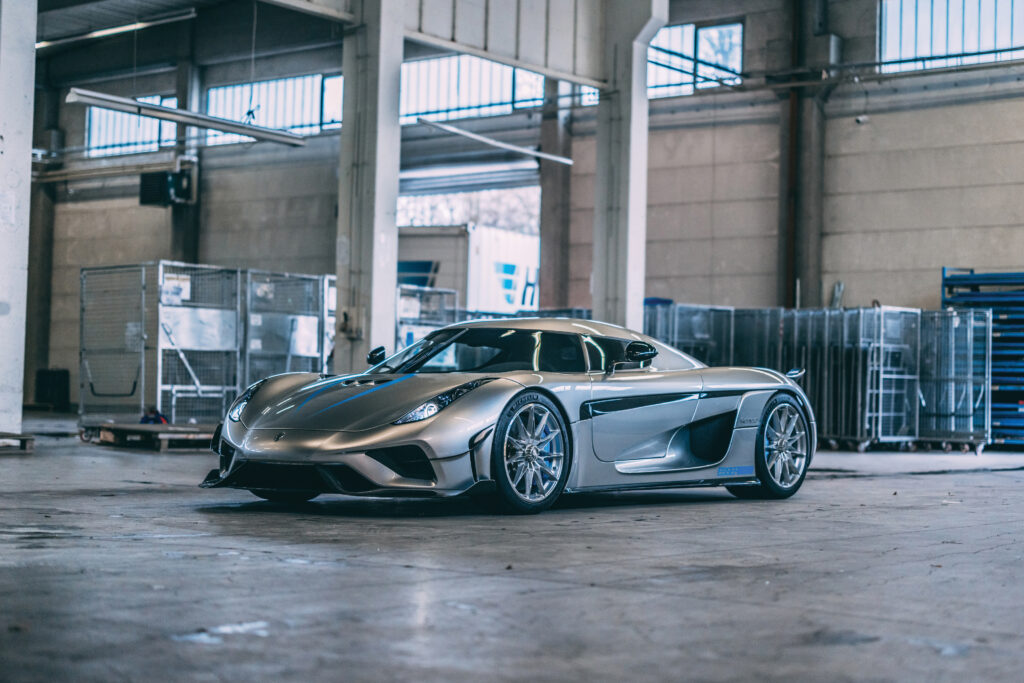
A unique hypercar from 2021 sporting a groundbreaking hybrid-drive powertrain went for an astonishing €2.42 million (HK$20.75 million) at a recent auction held by RM Sotheby’s in Paris. The Koenigsegg Regera is considered by automotive experts as a technological tour de force. Capable of zooming to 400 km/h in less than 29 seconds, it is one of the fastest cars out there. Just 80 were made, and the sleek specimen on the auction block was particularly attractive, with a single previous owner and an odometer recording just 522 kilometres.
The wonder model was first unveiled in concept form to an awe-inspired public at the Geneva International Motor Show in 2015, with production commencing a year later. Each Regera boasts a high level of personalisation – this one is finished in moon silver with blue stripes and has steel blue brake callipers and carbon Kevlar 11-spoke Dymag Spider wheels. Furthermore, the series is noted for its close attention to detail, such as constellation-style daytime running lights using a tranche of LEDs set against a polished carbon backdrop.
The driving force behind the marque is Christian von Koenigsegg, the Swedish automotive engineer, inventor and supercar enthusiast.



